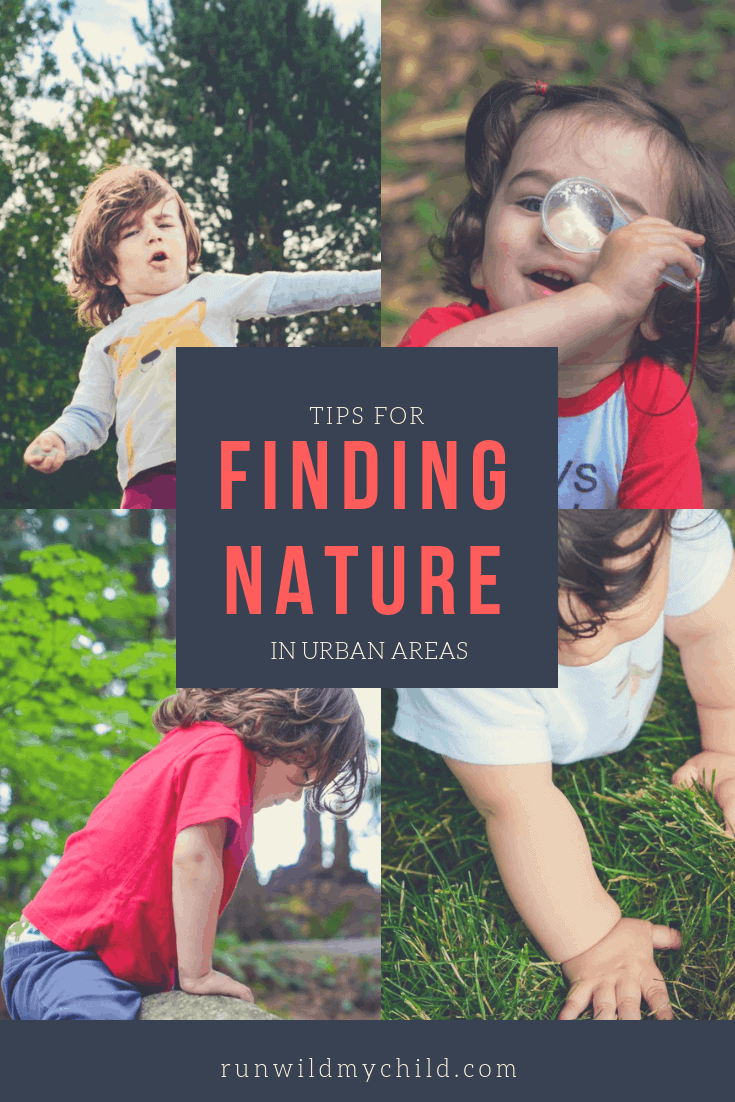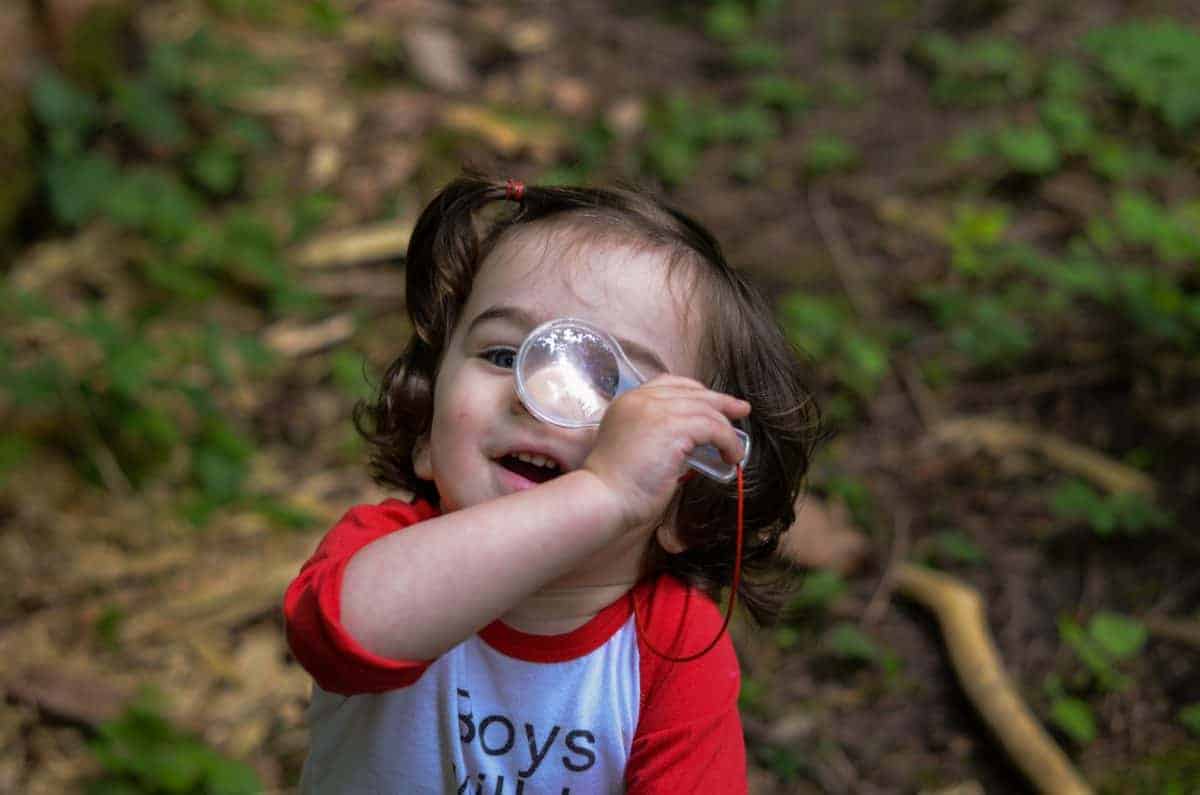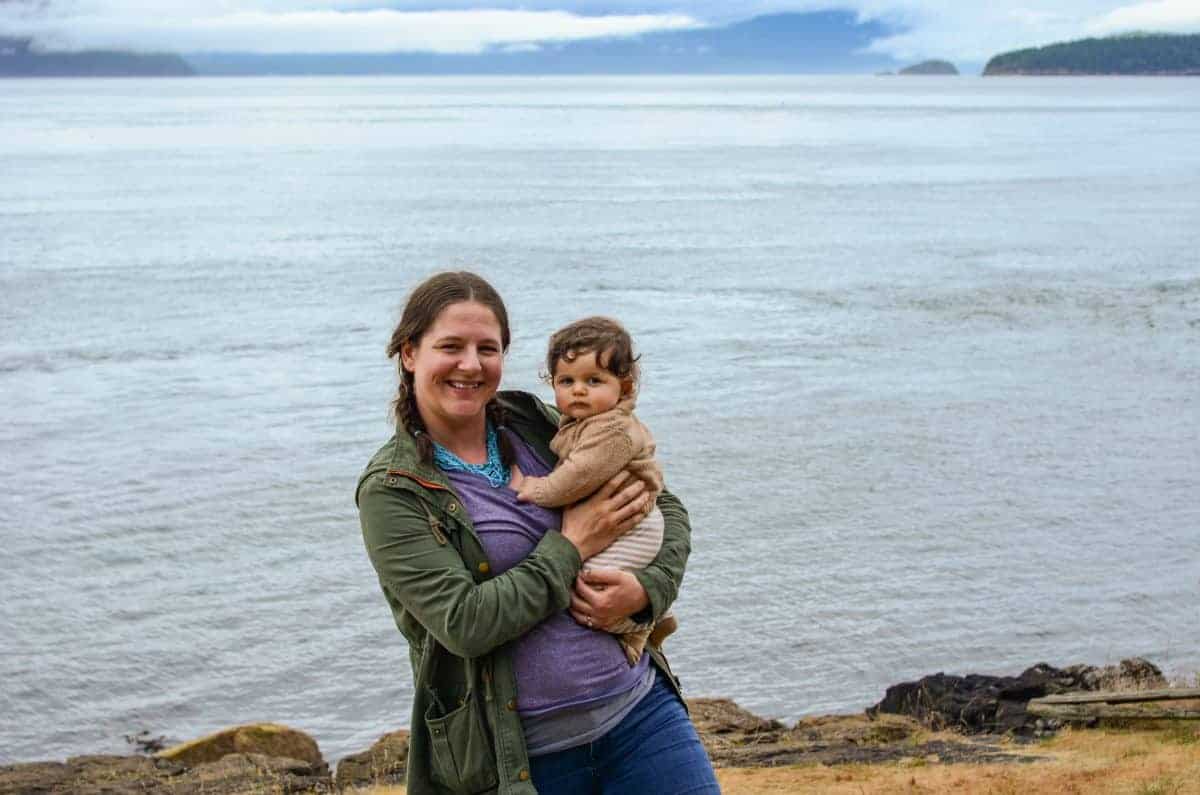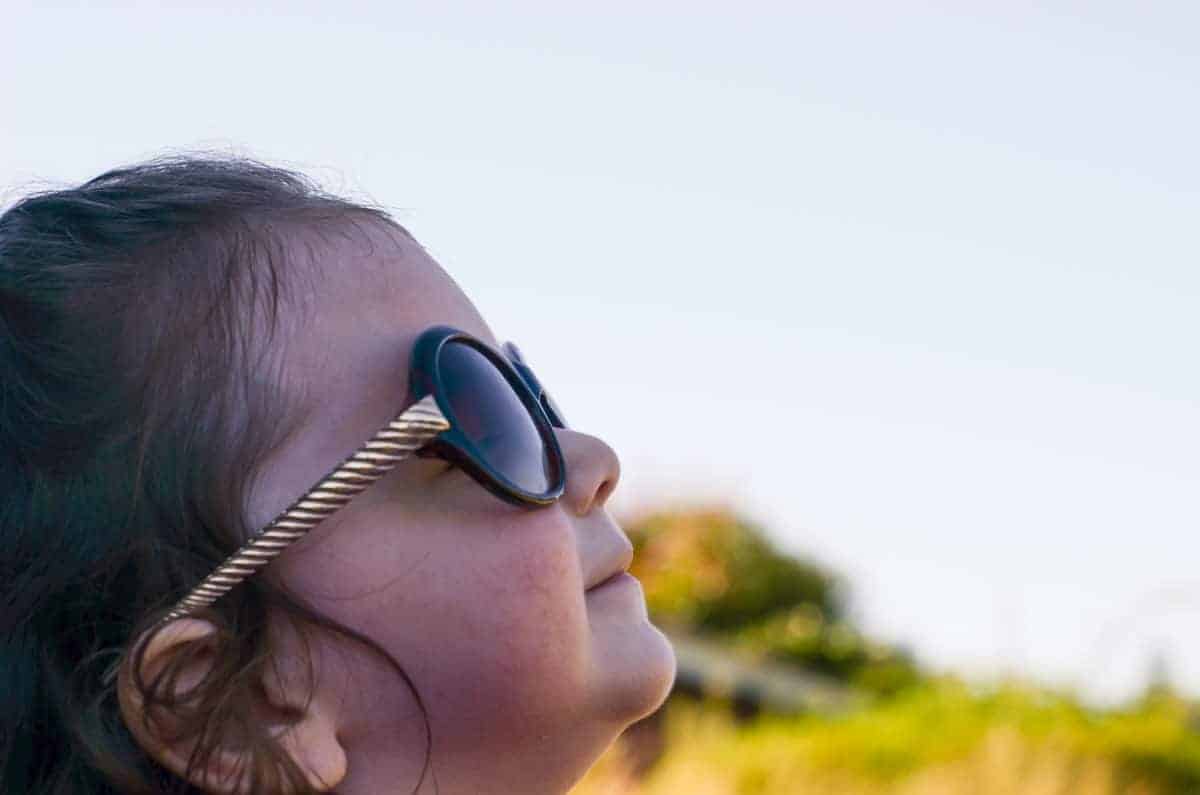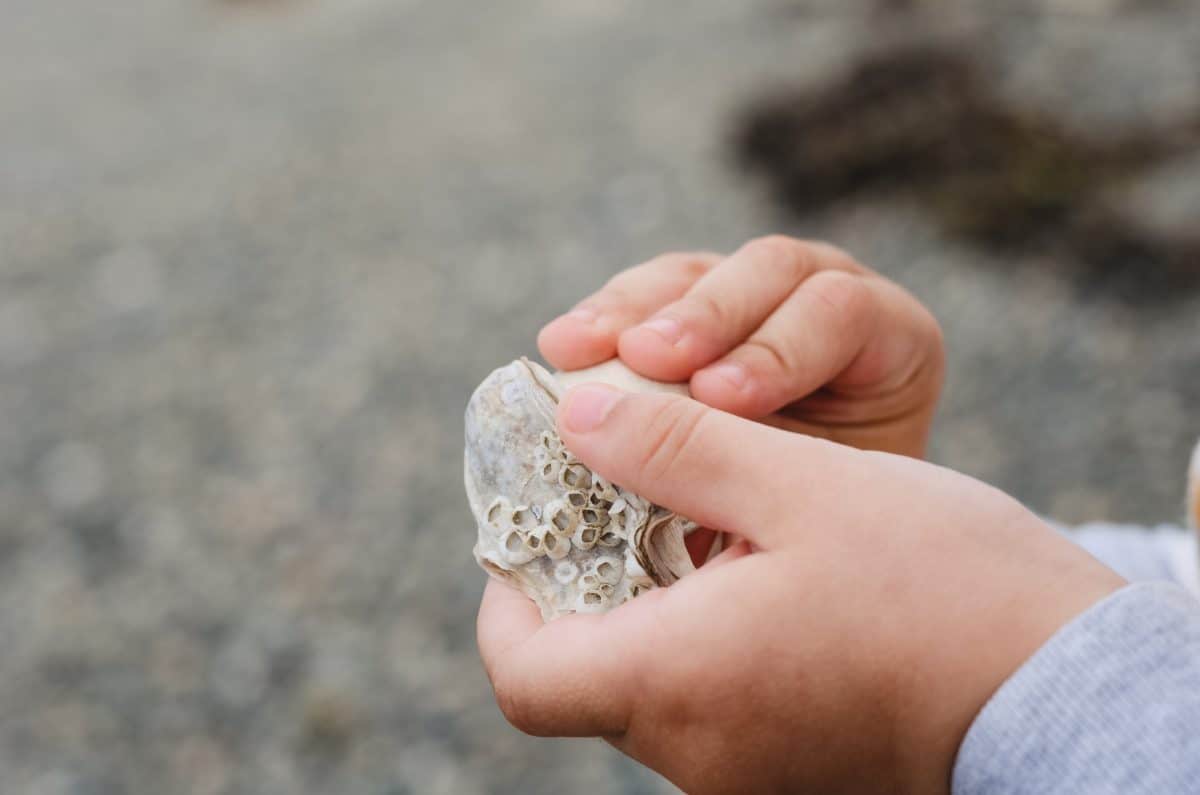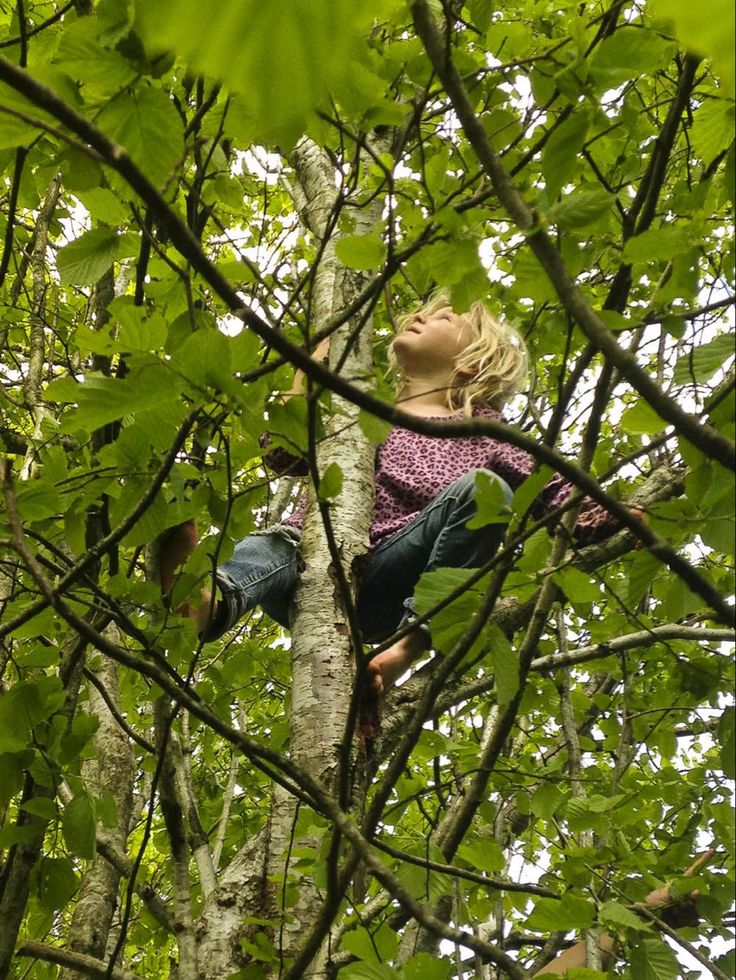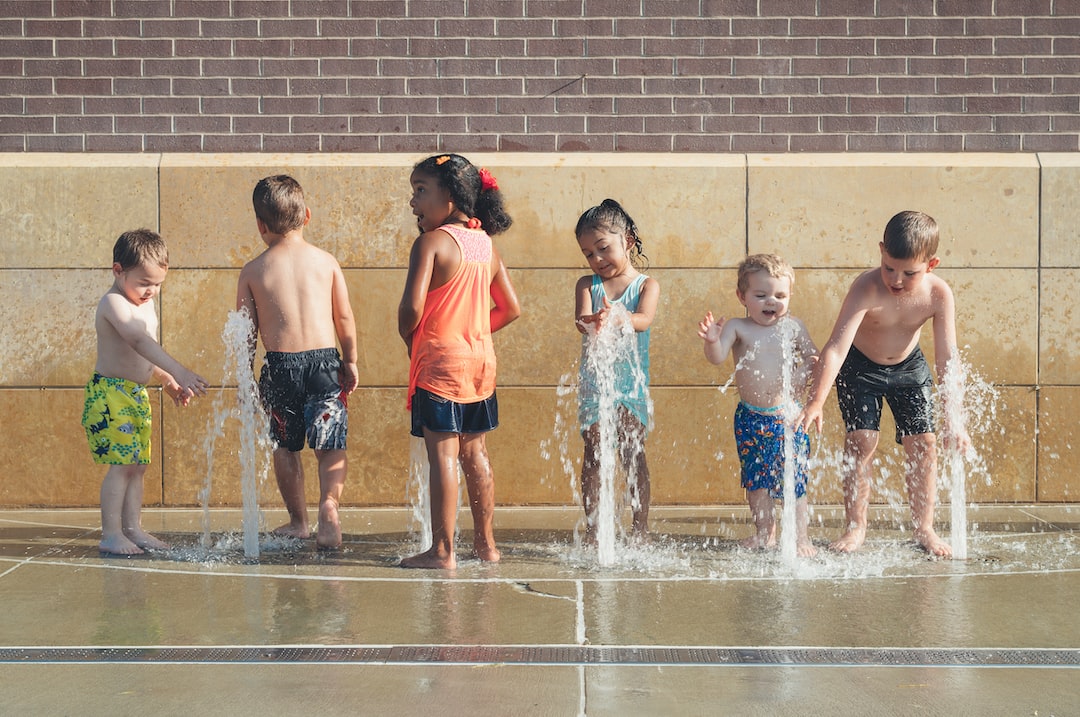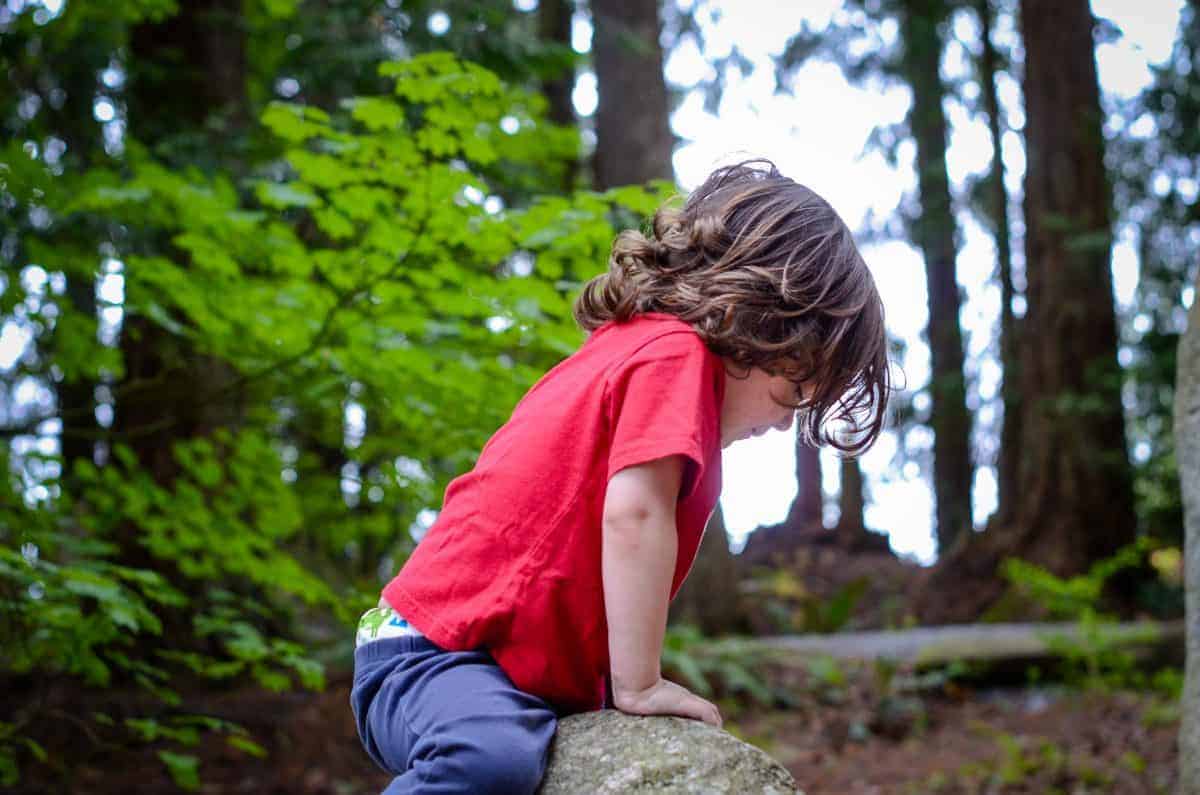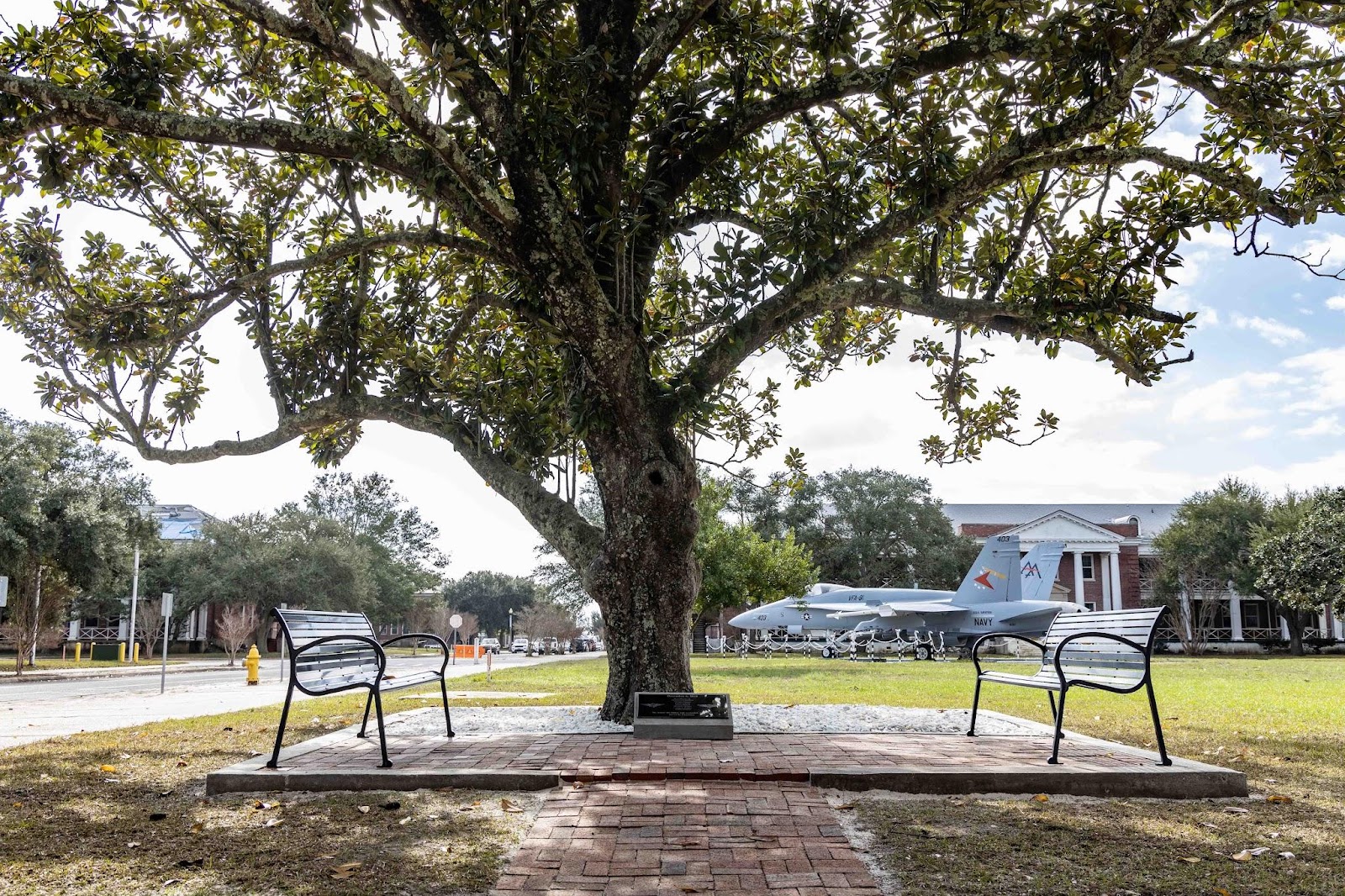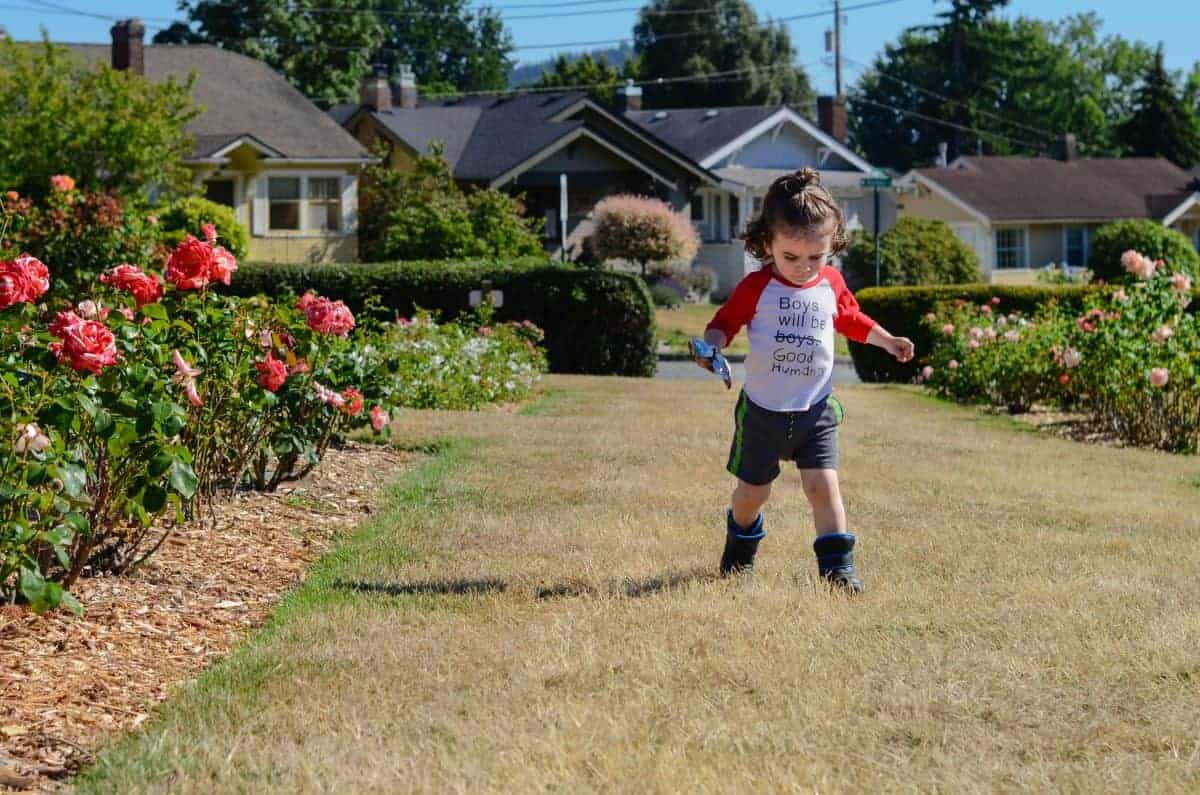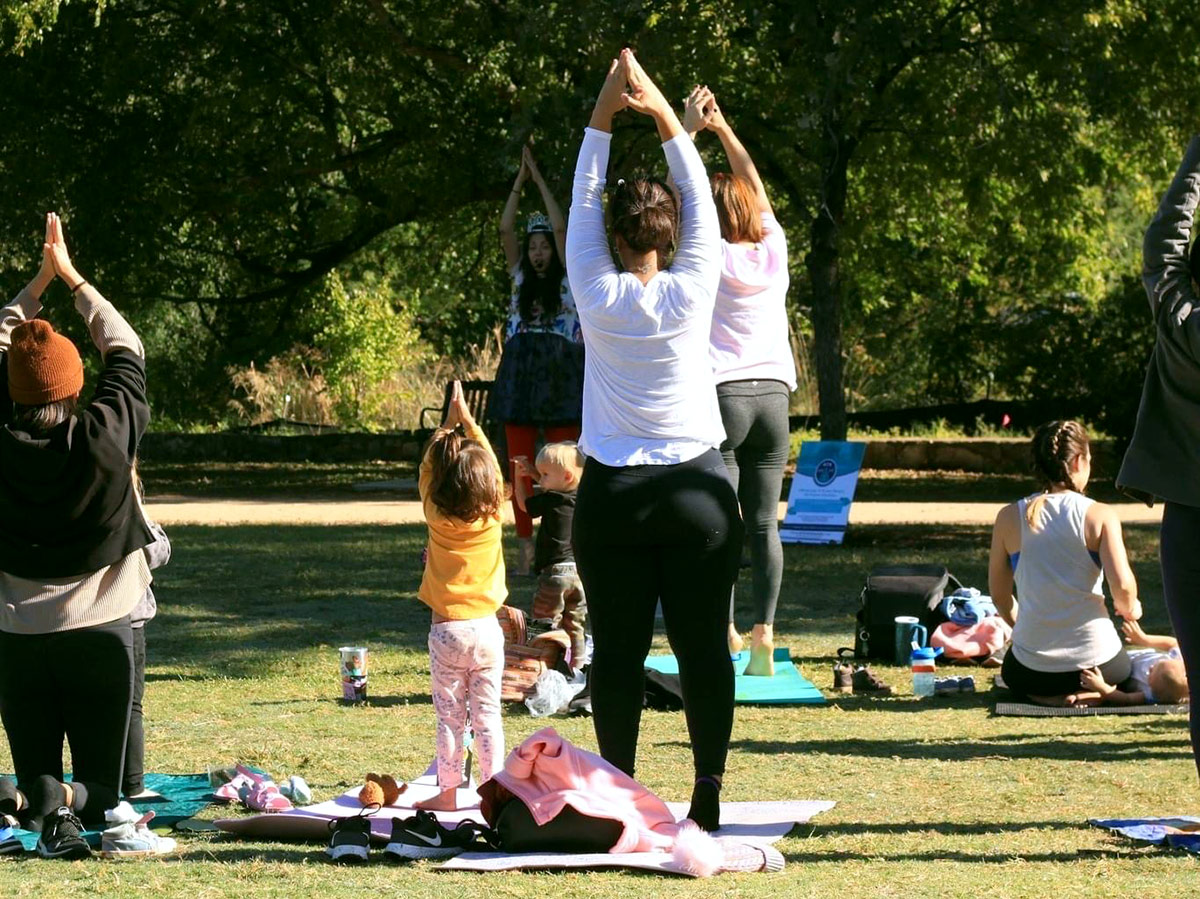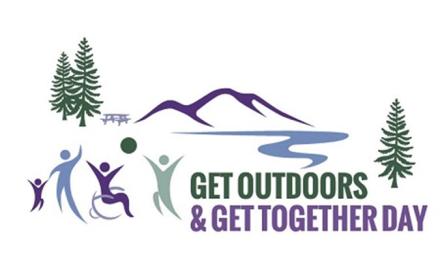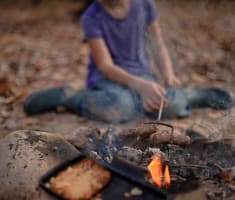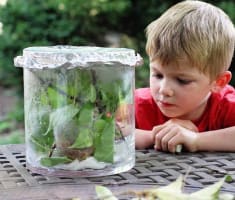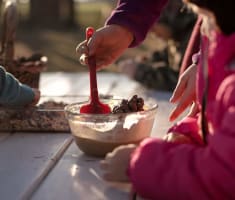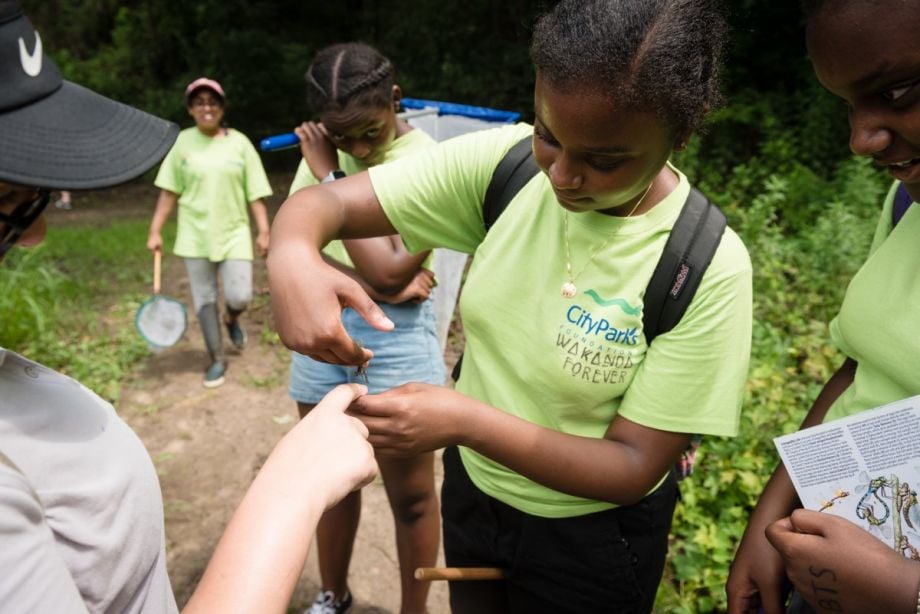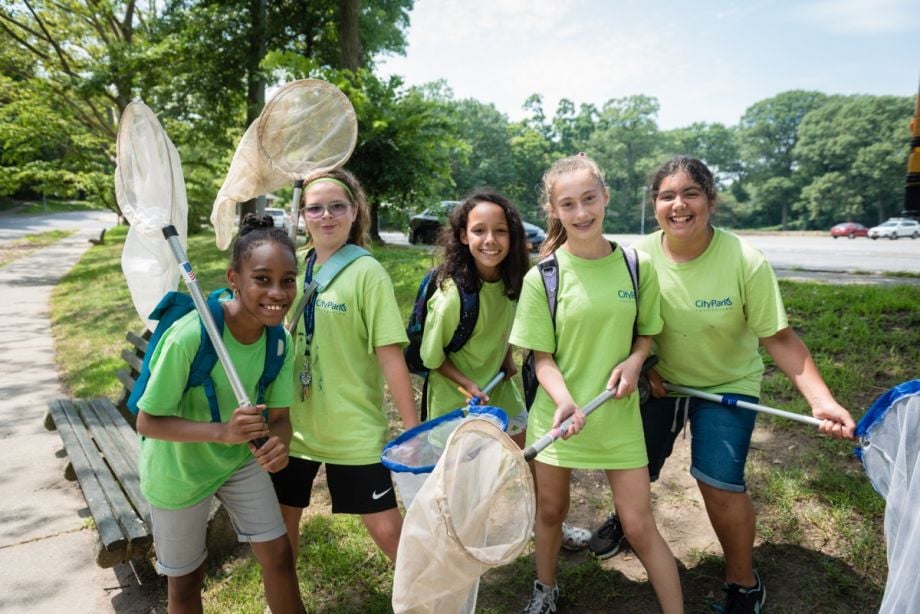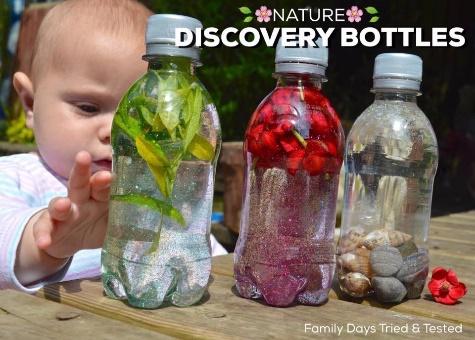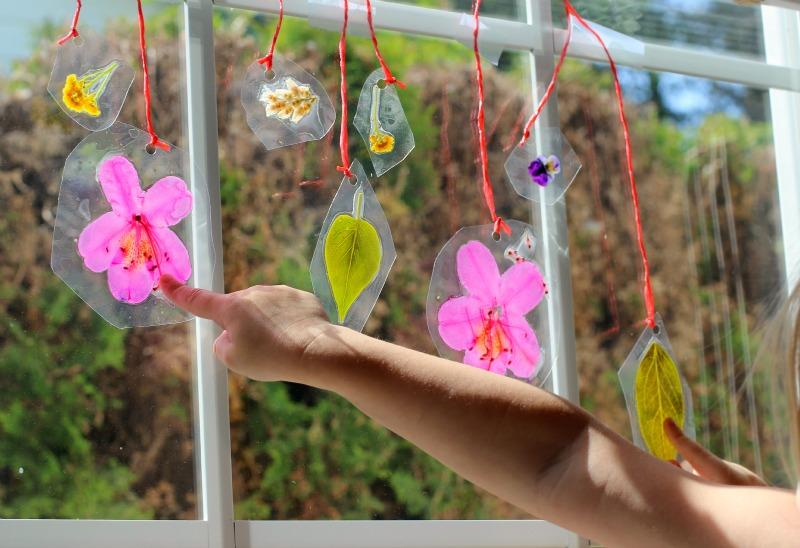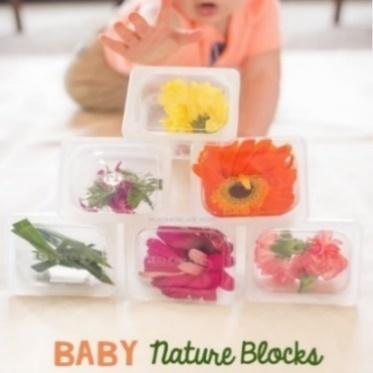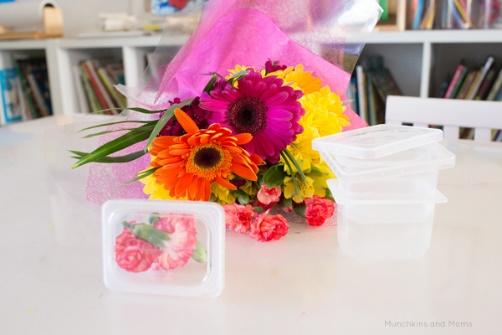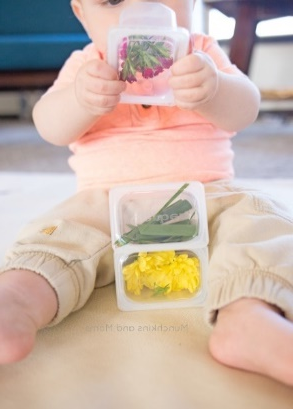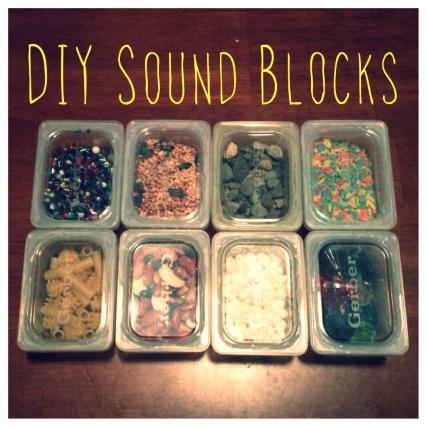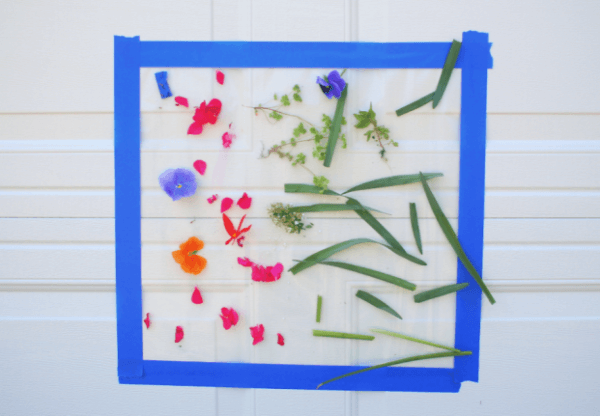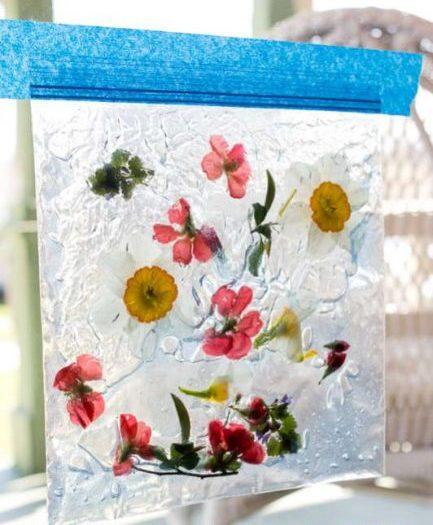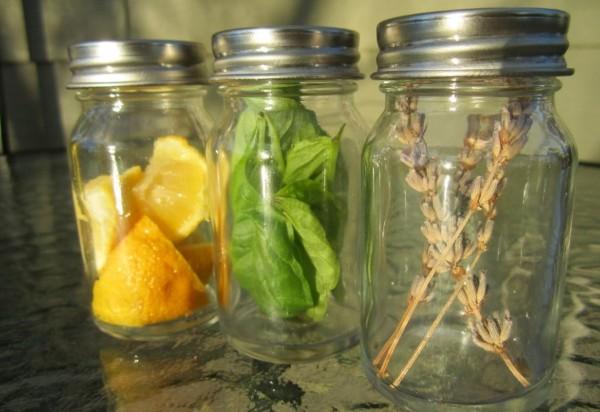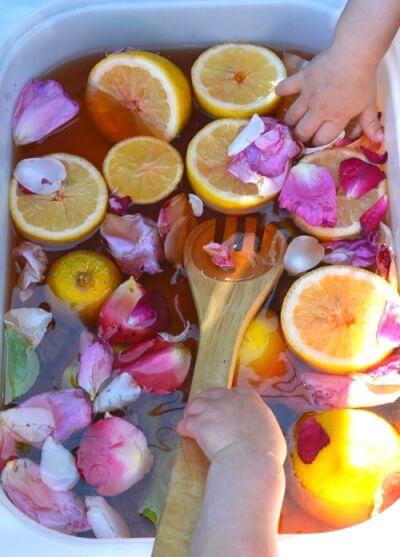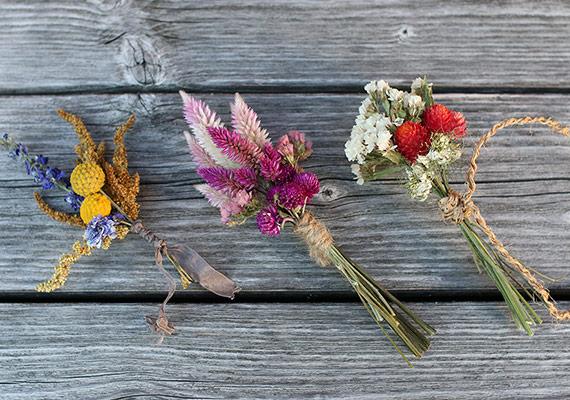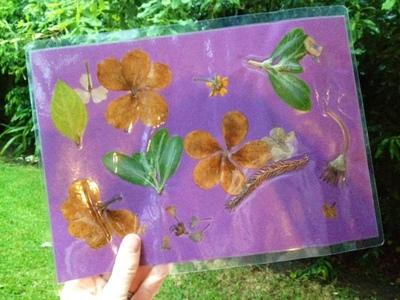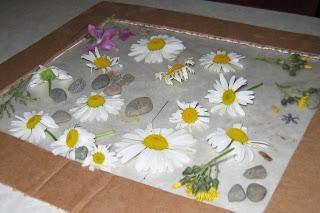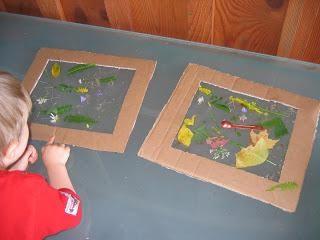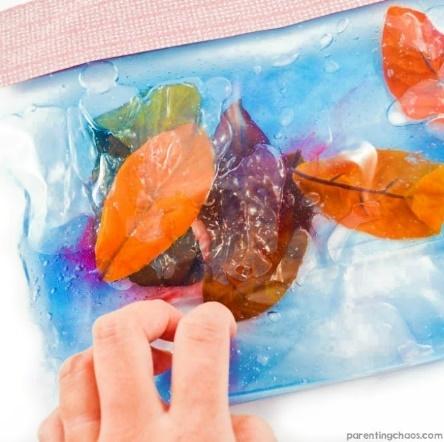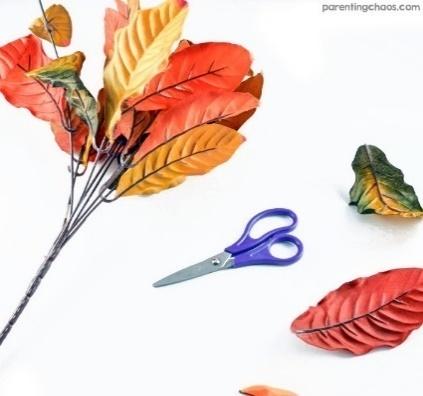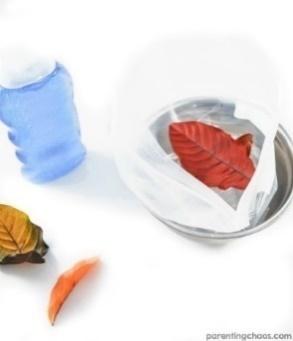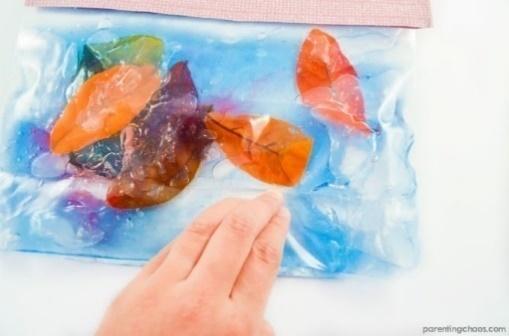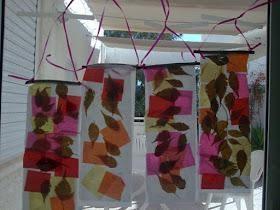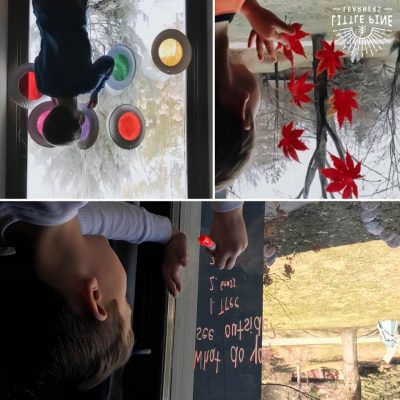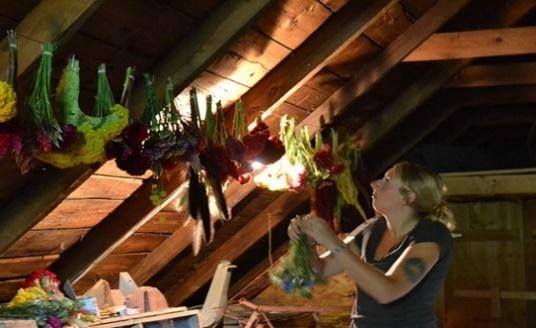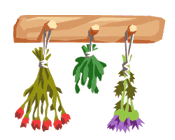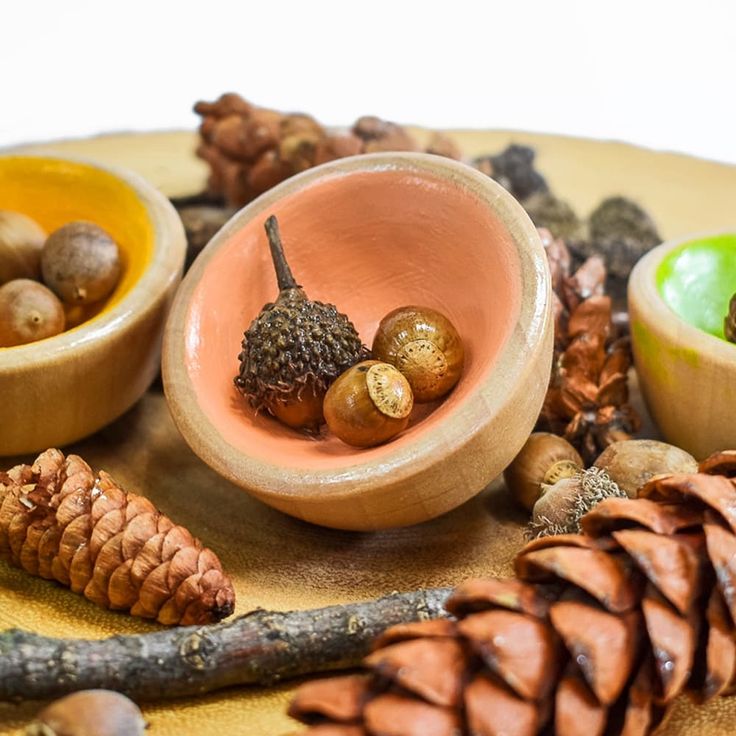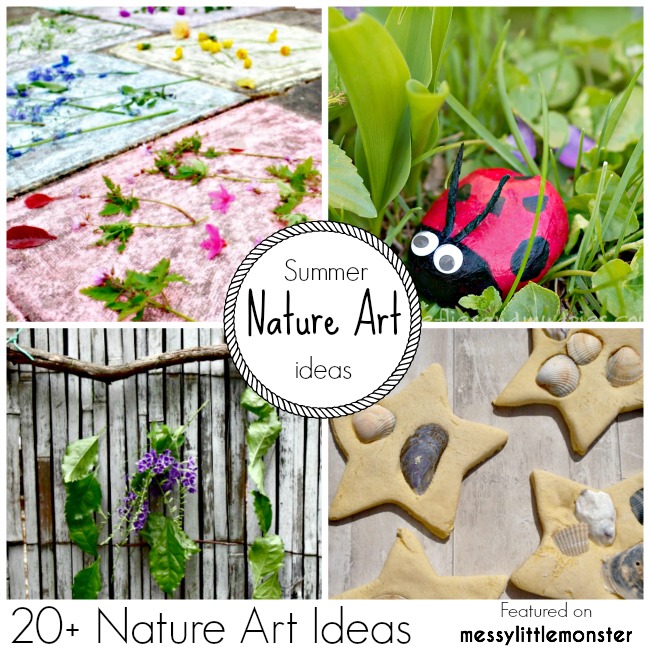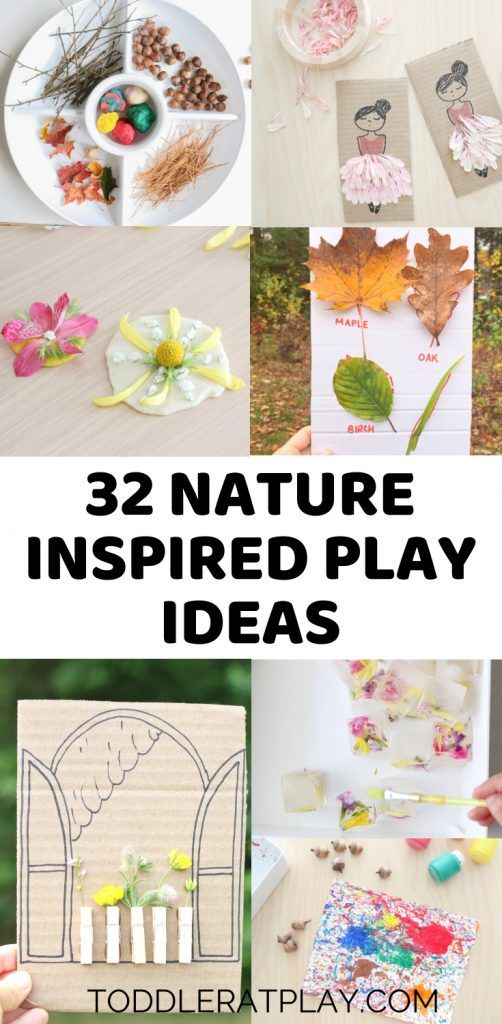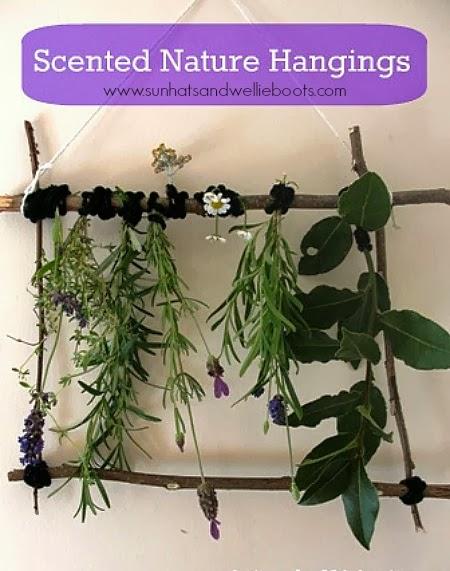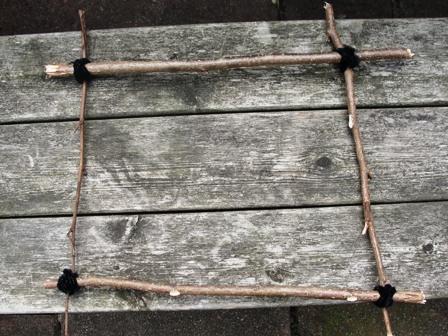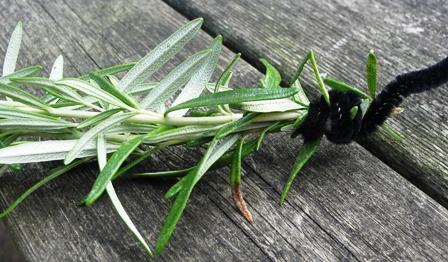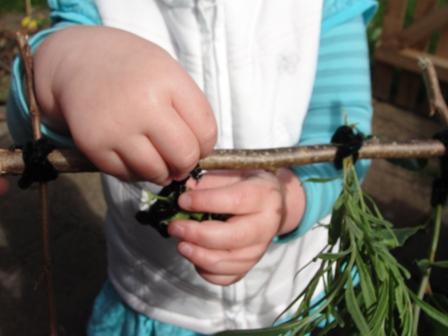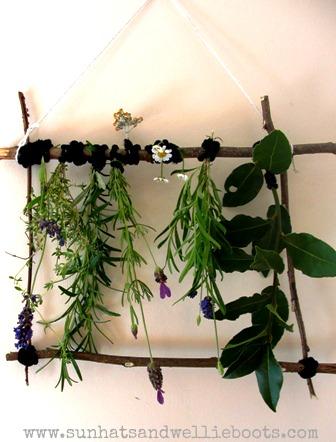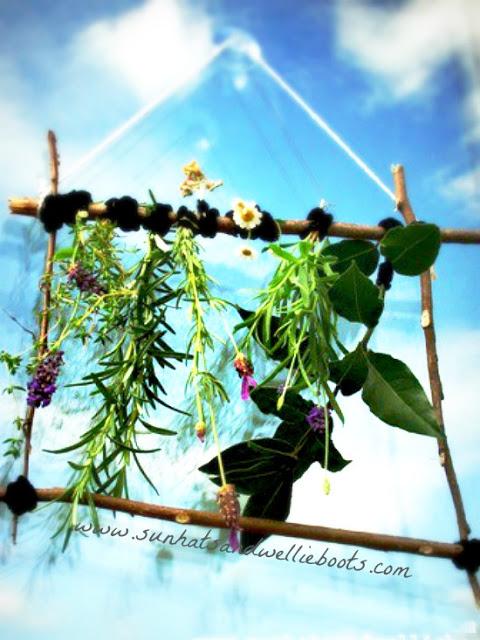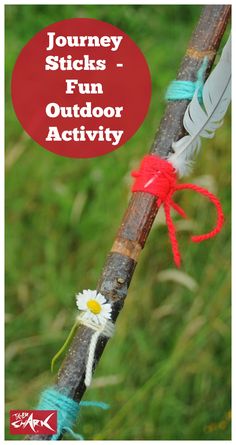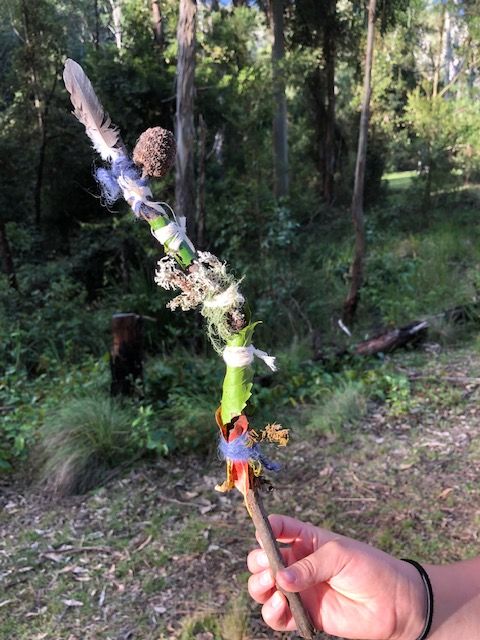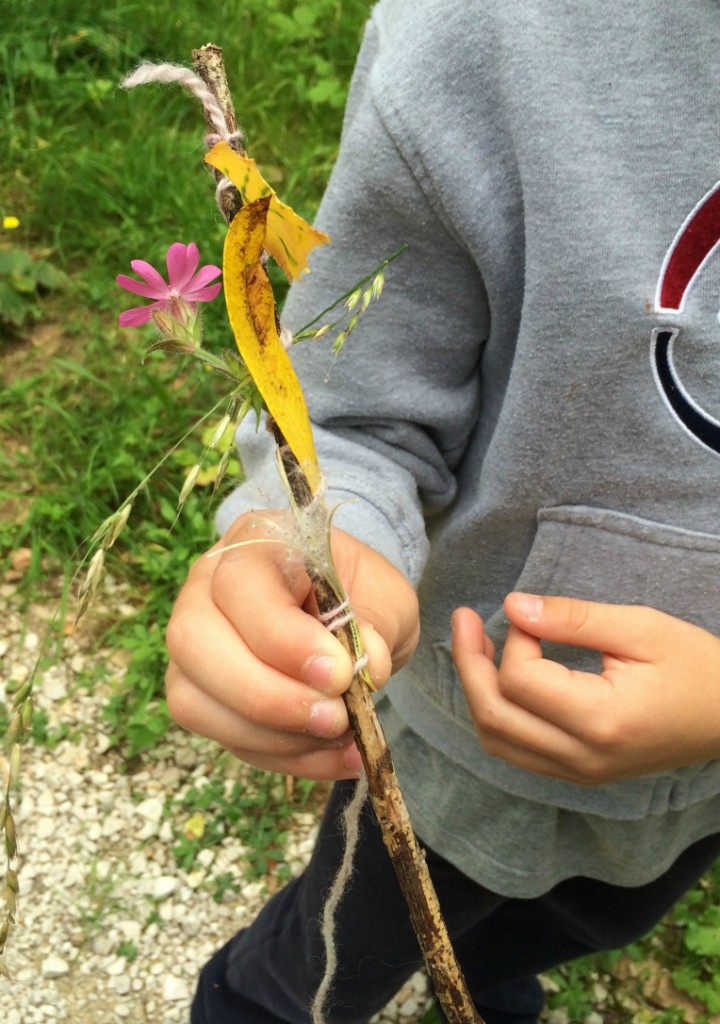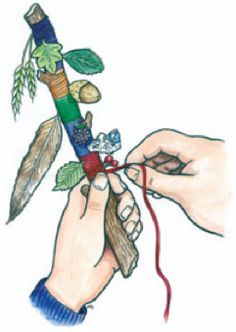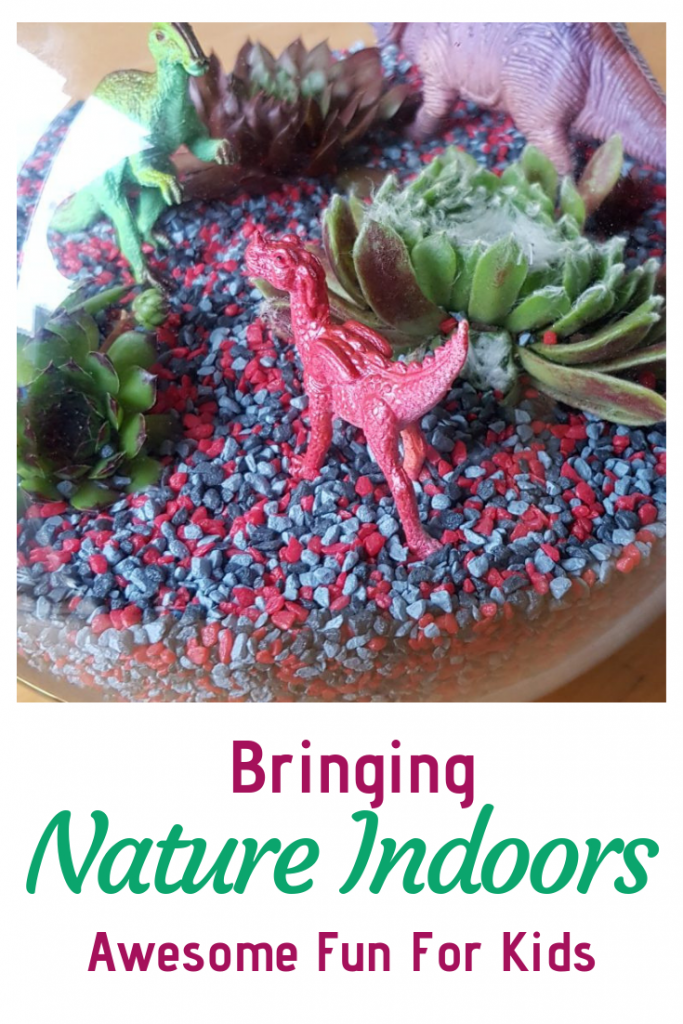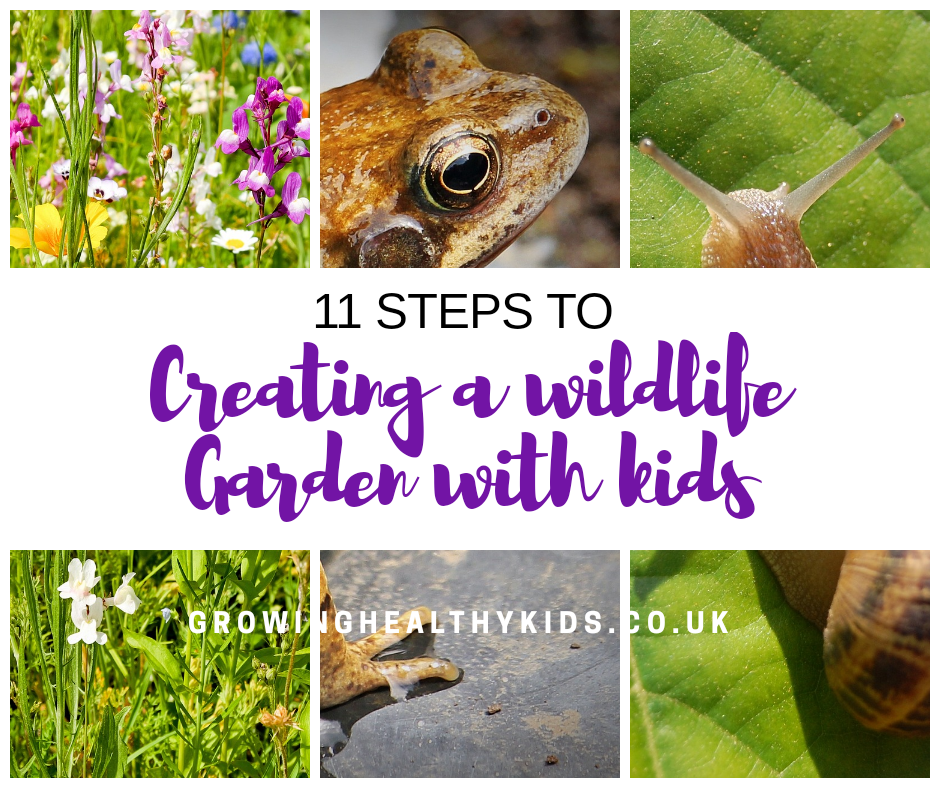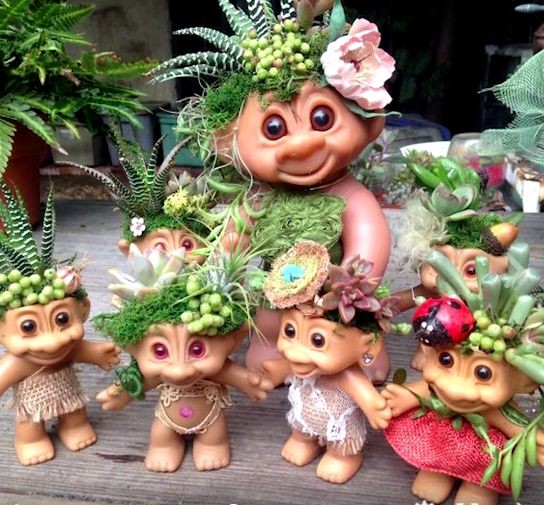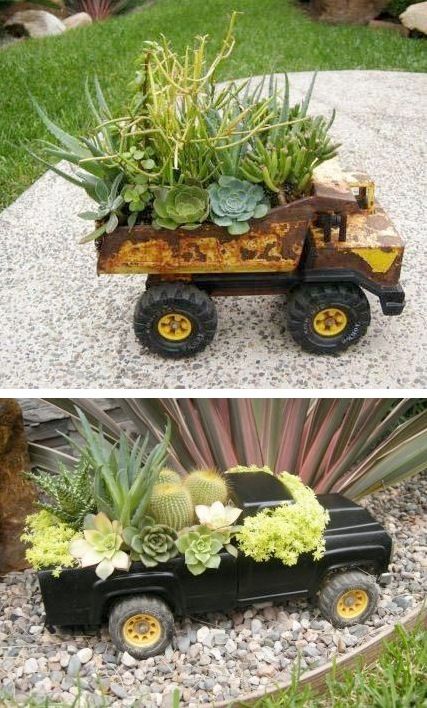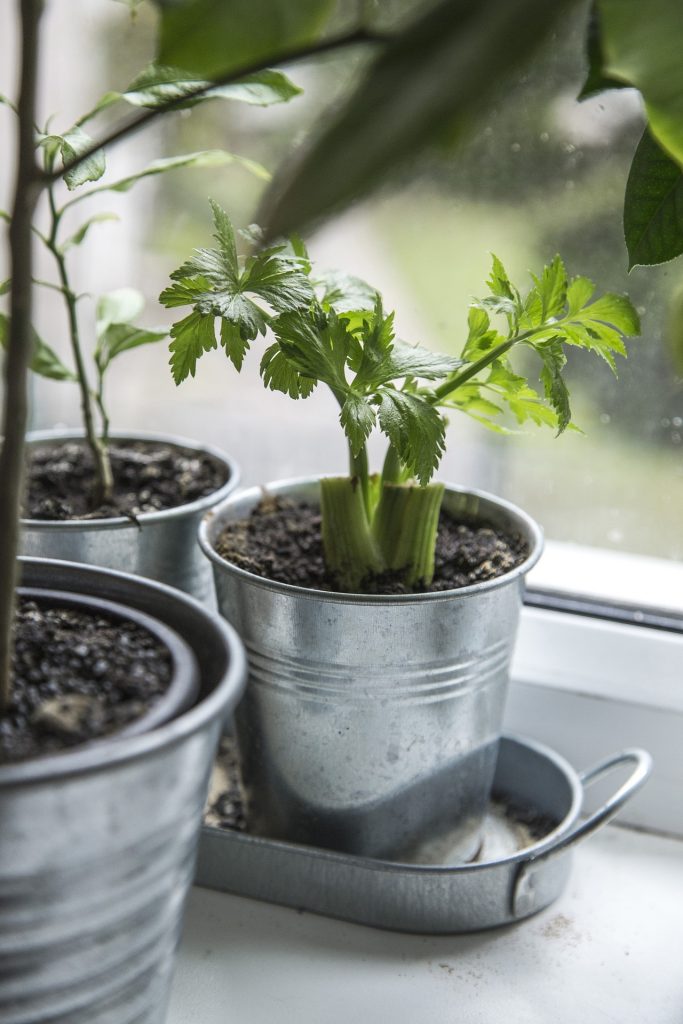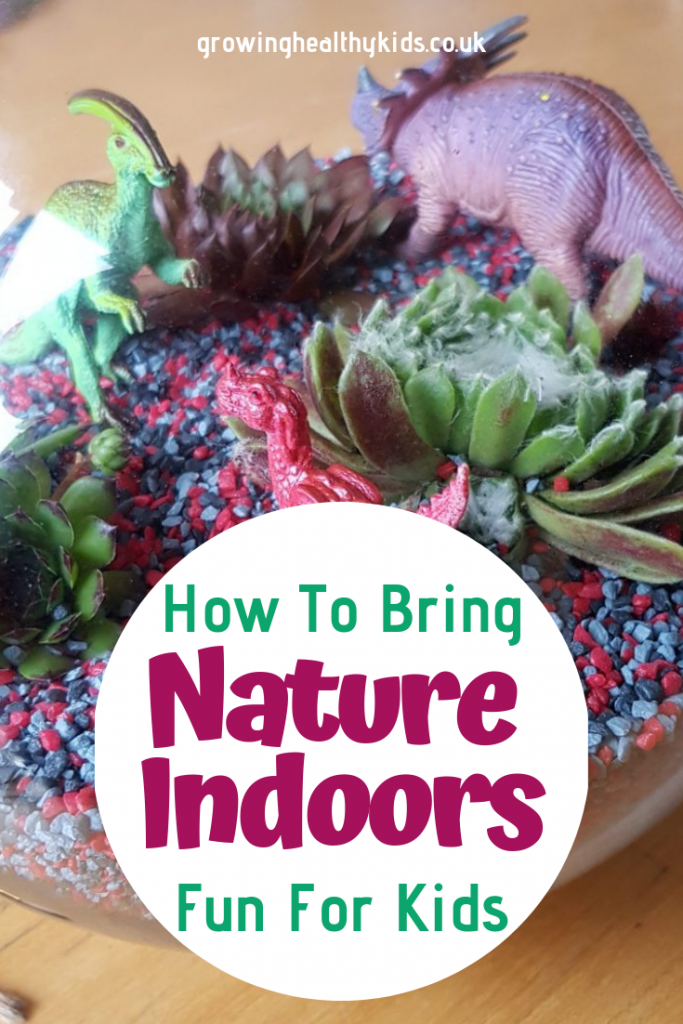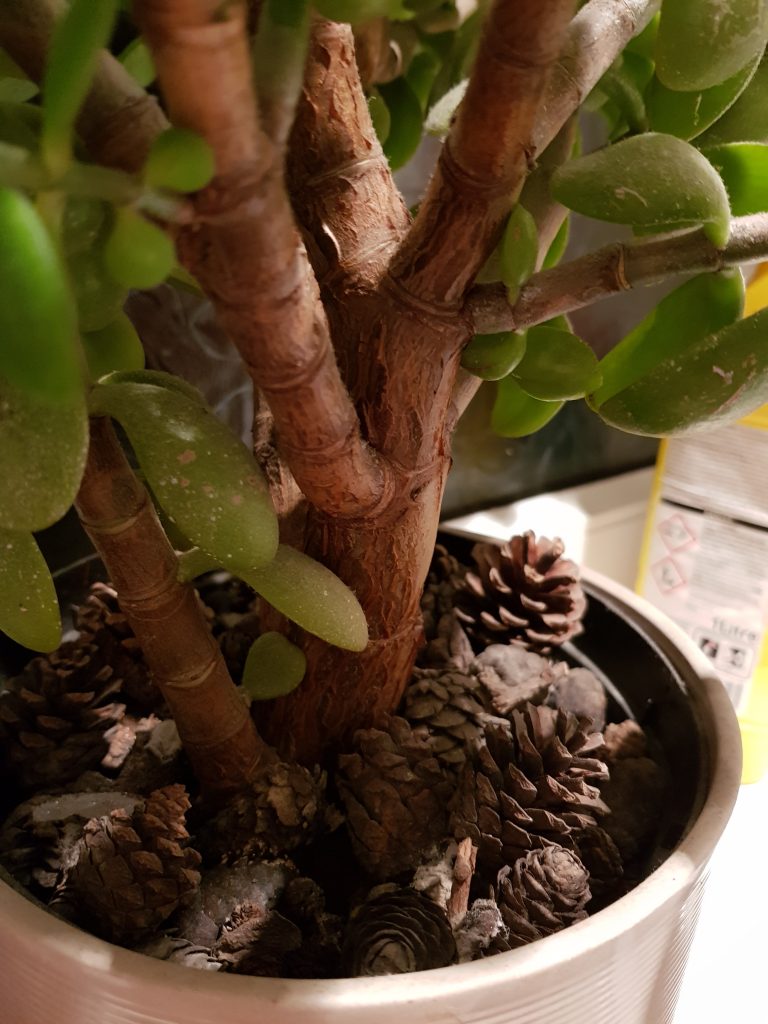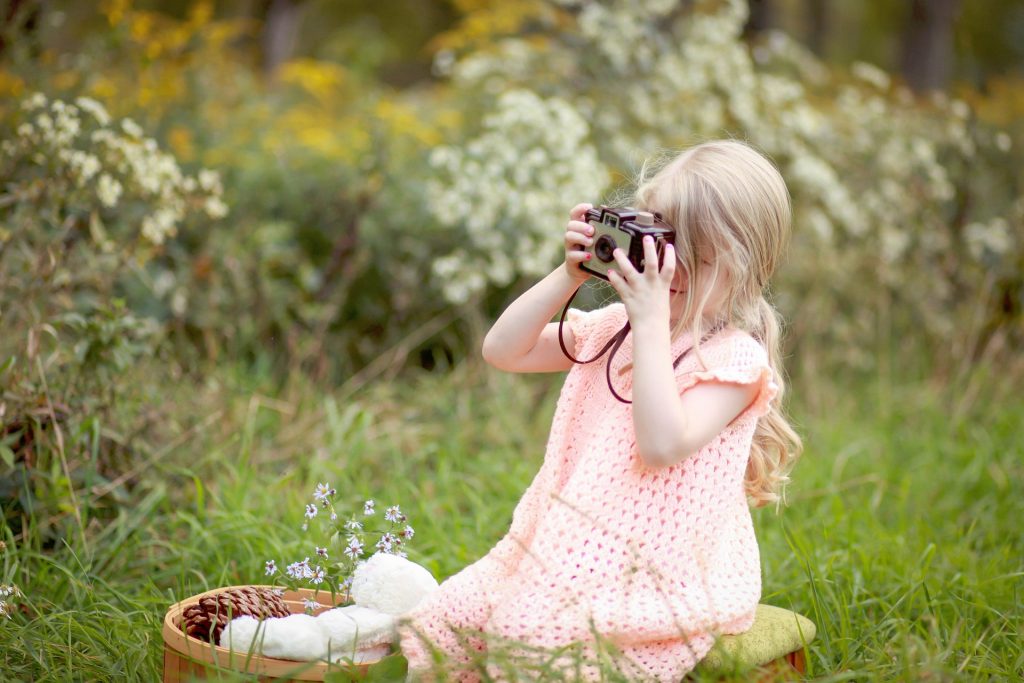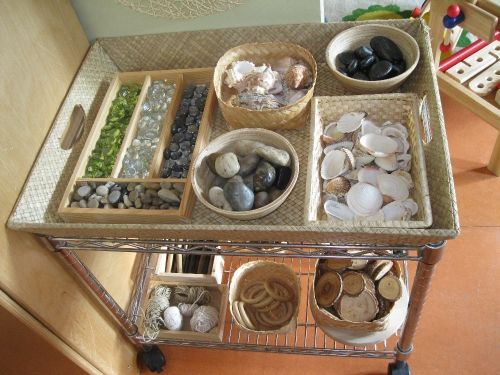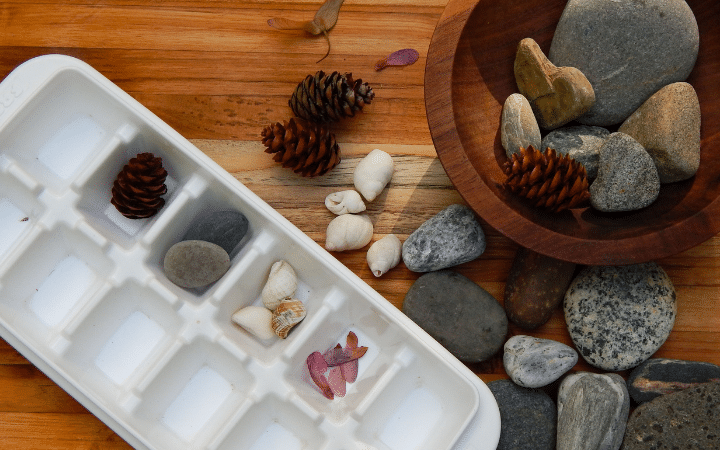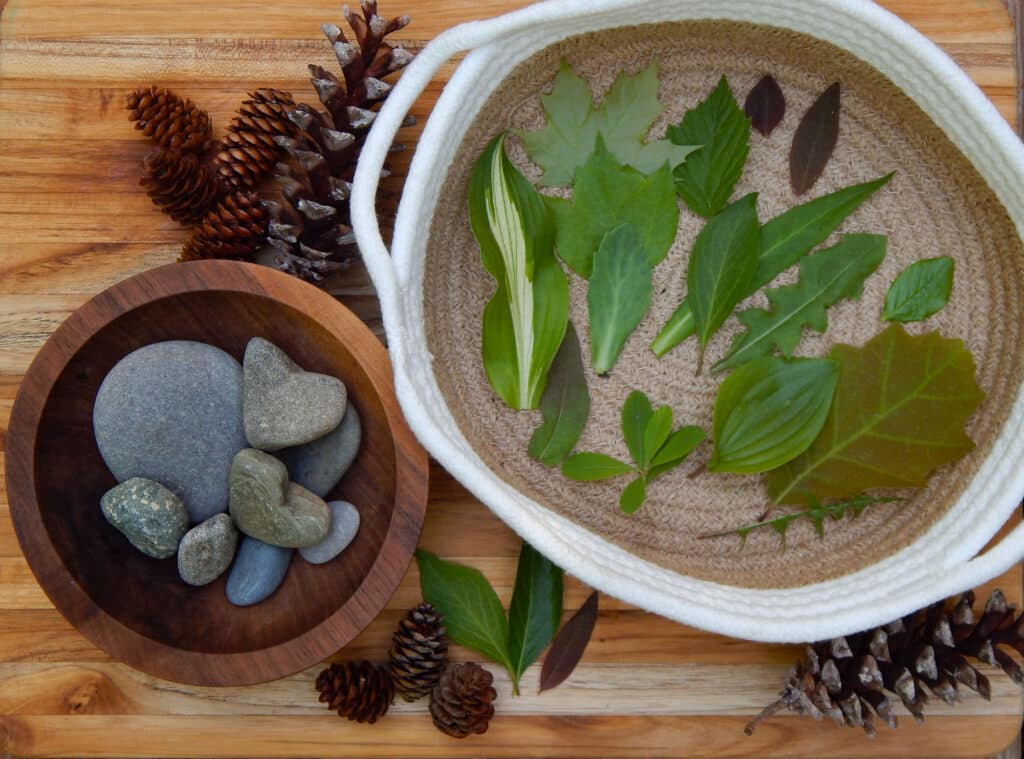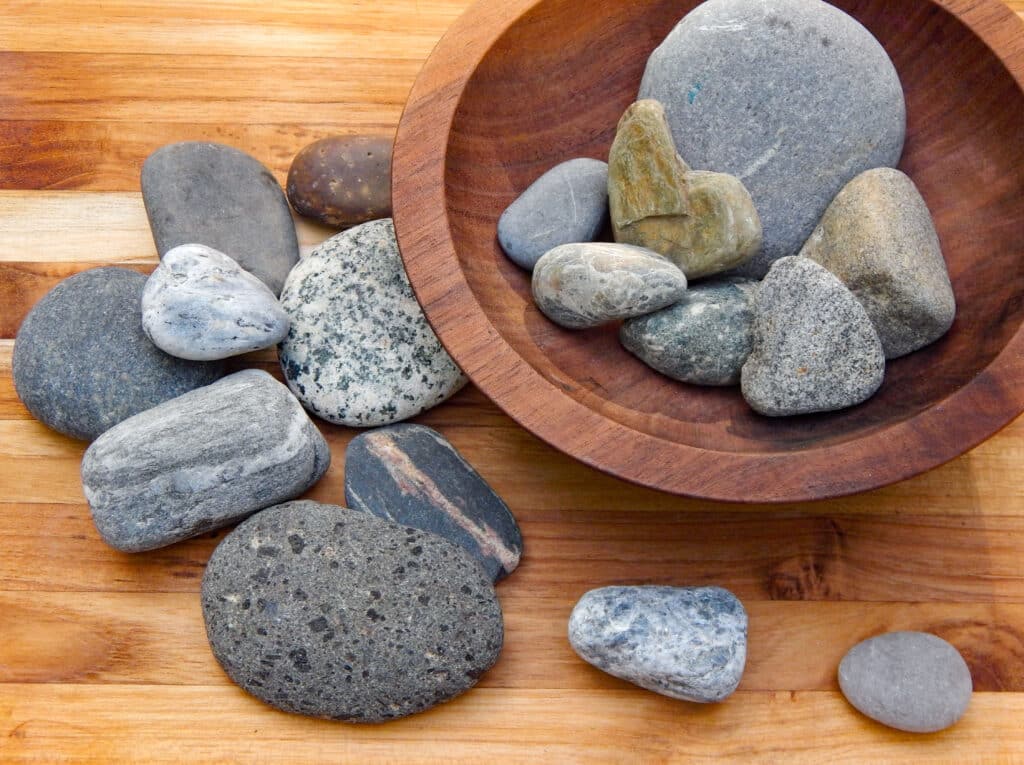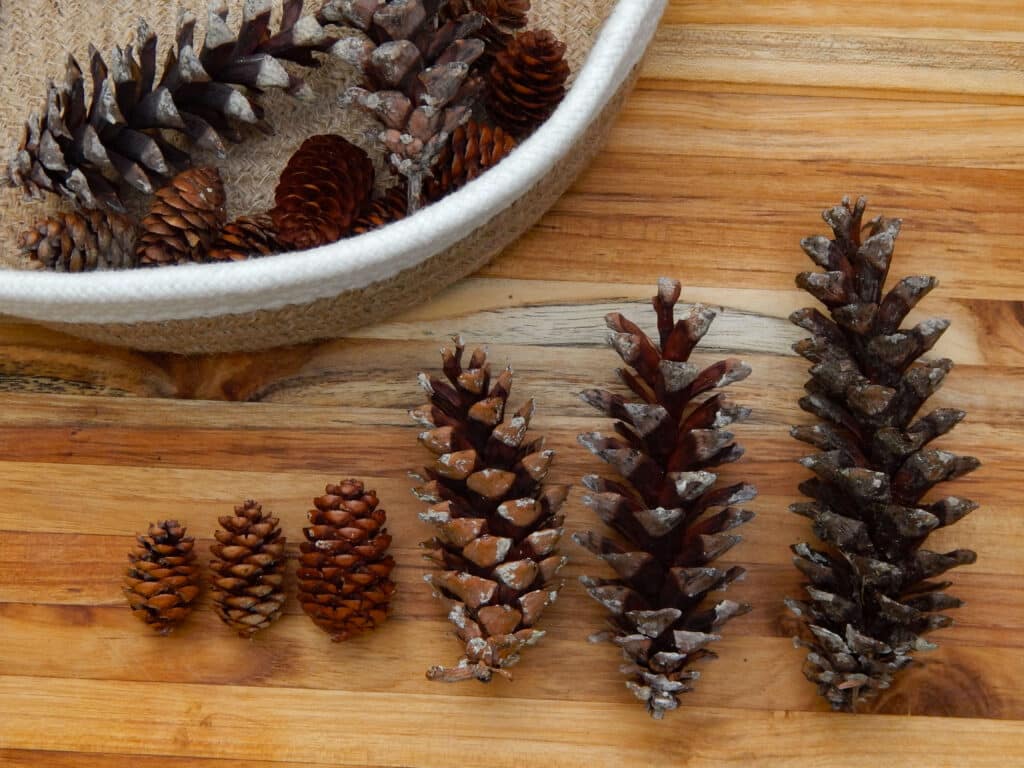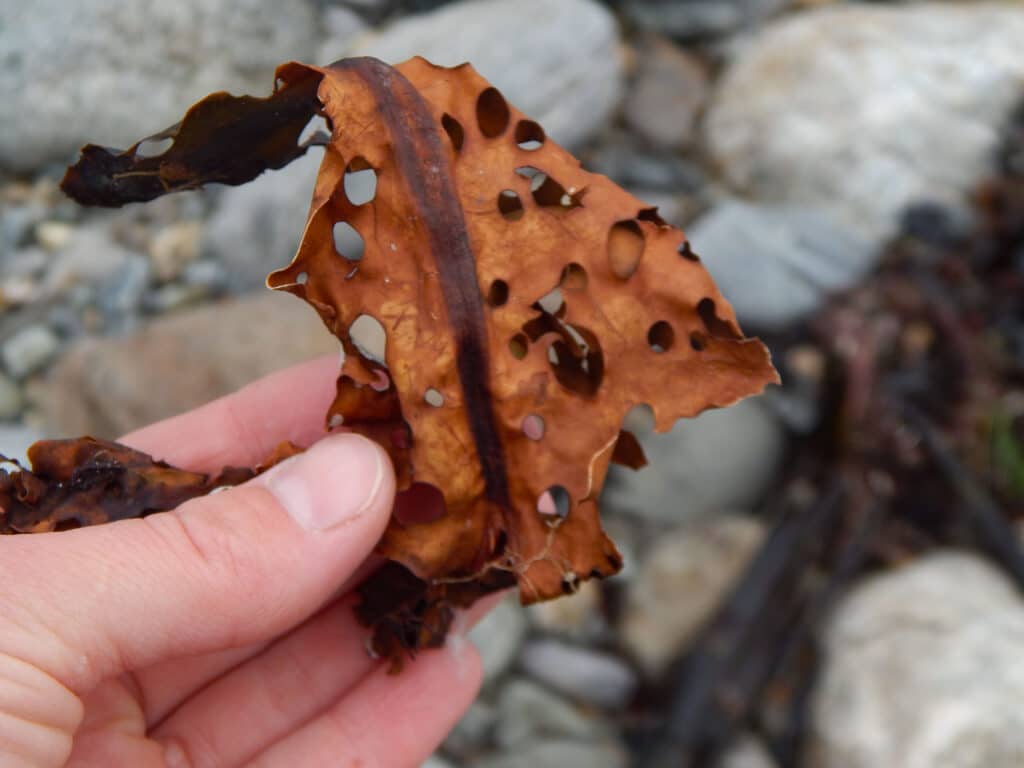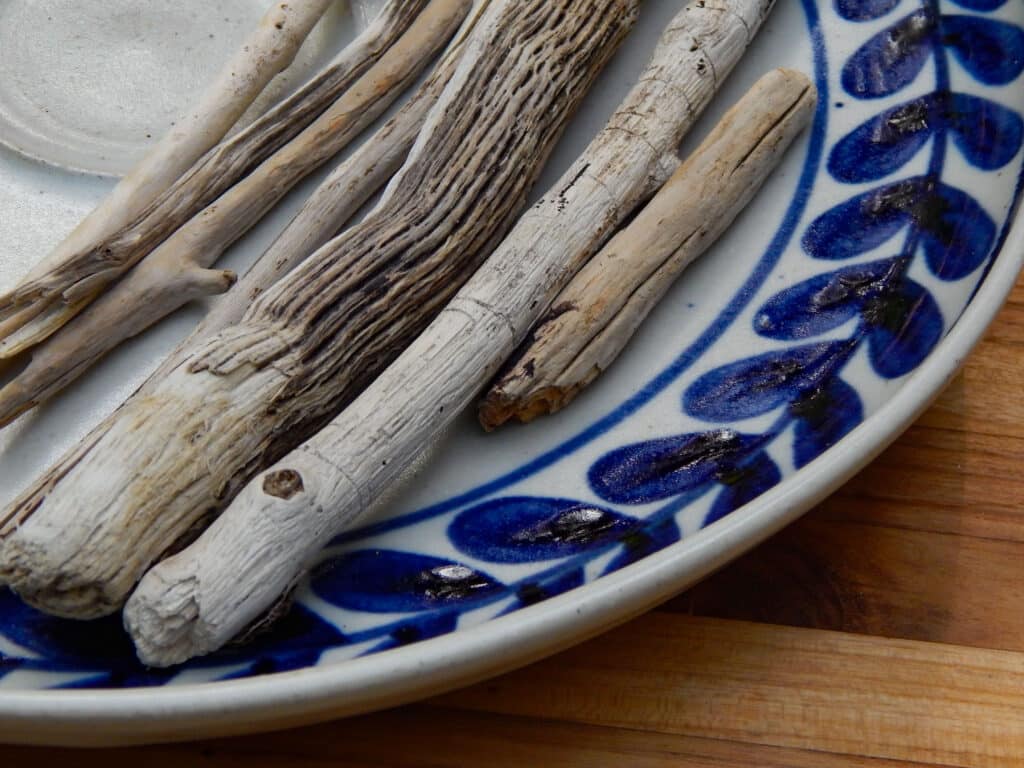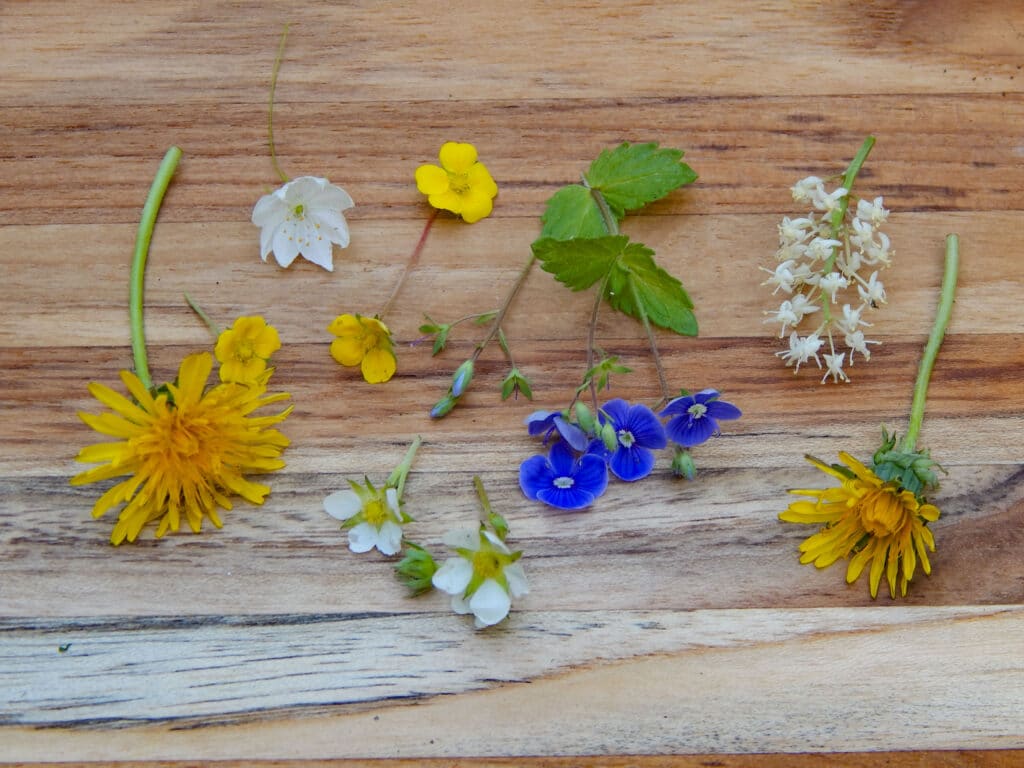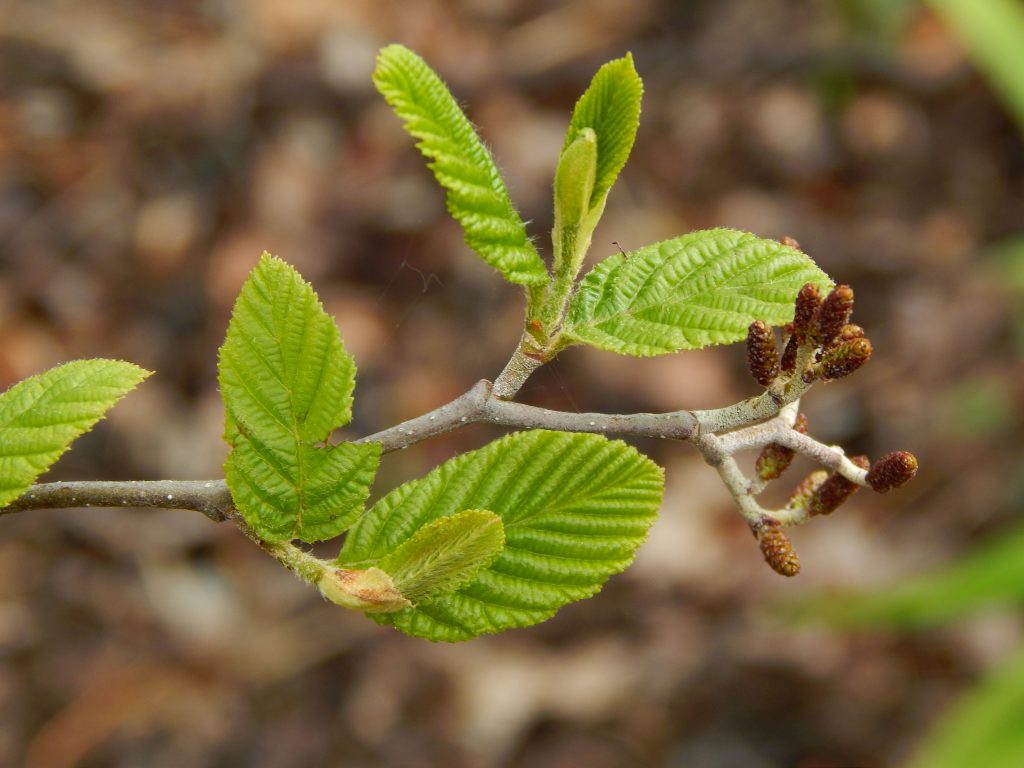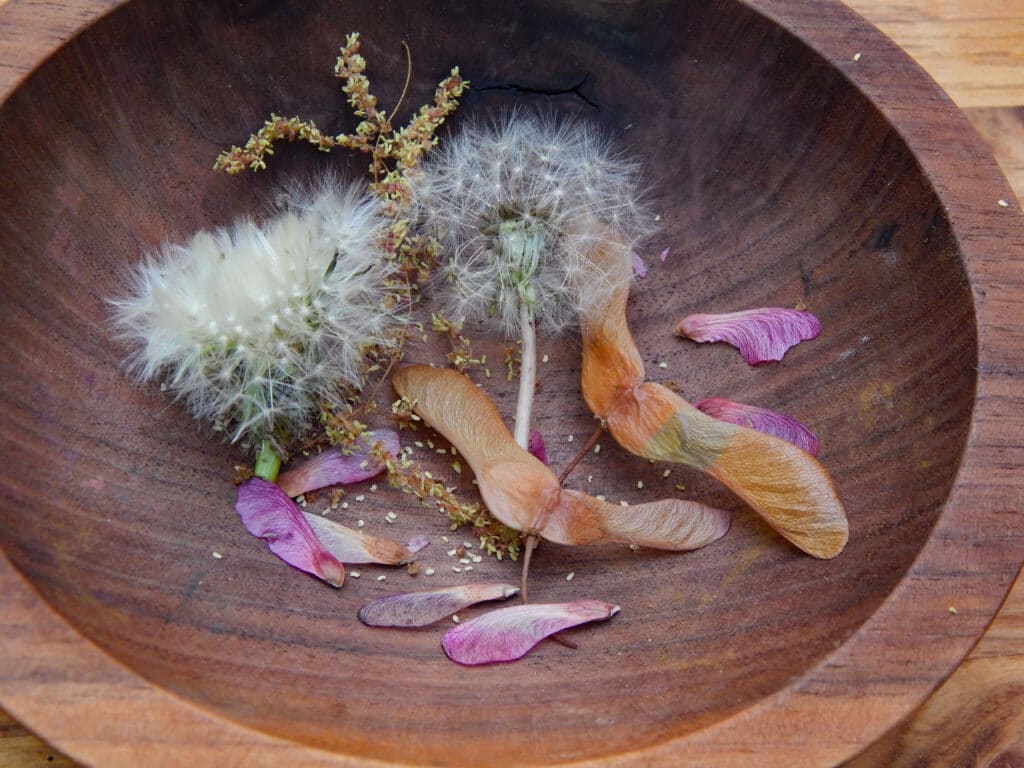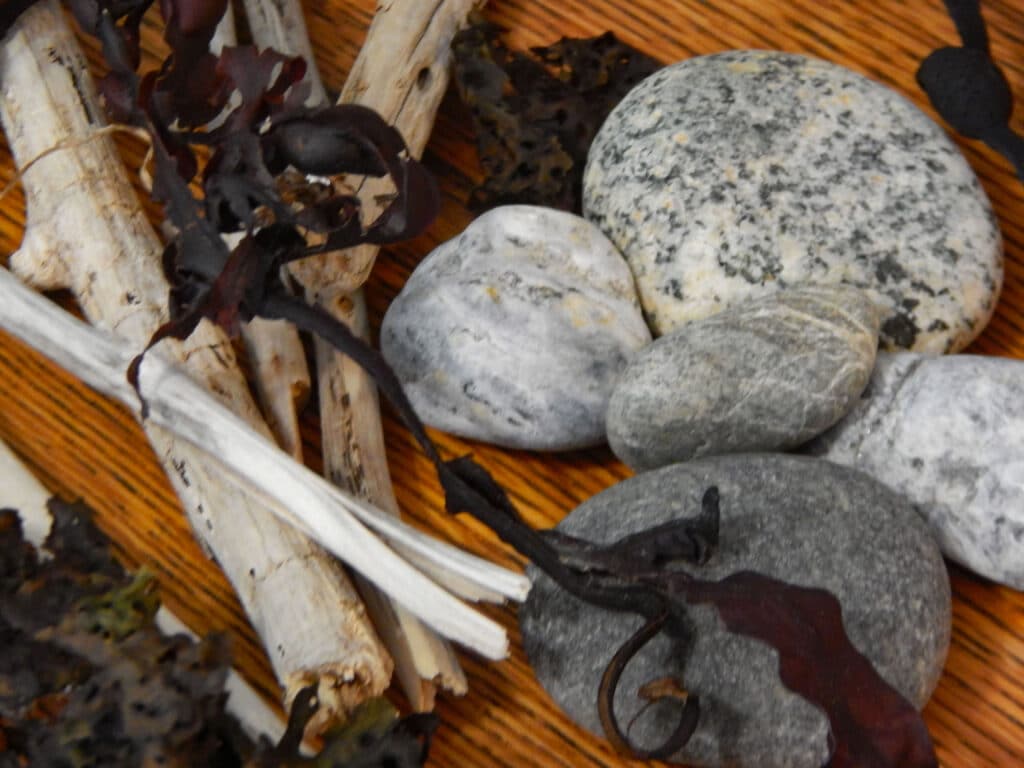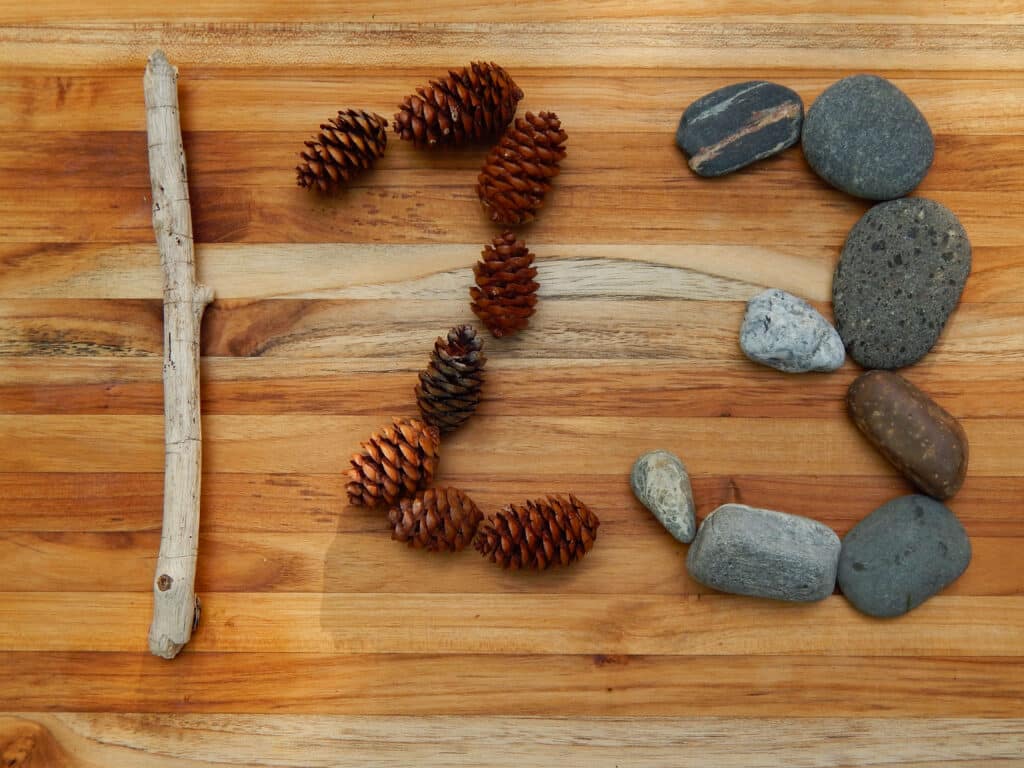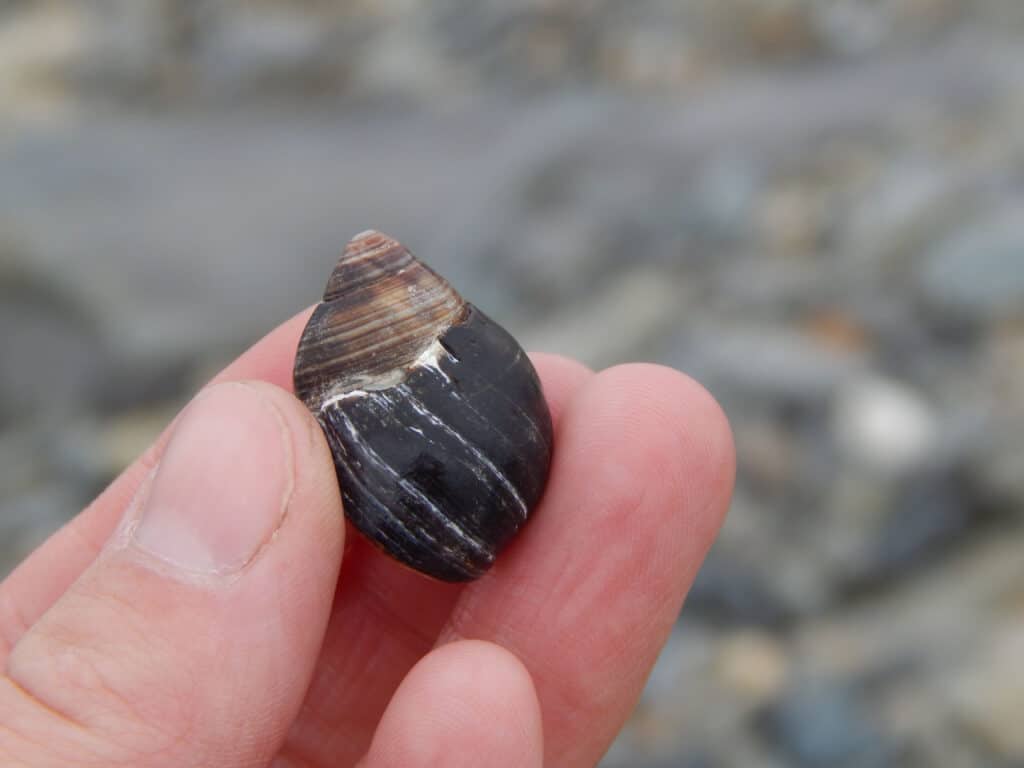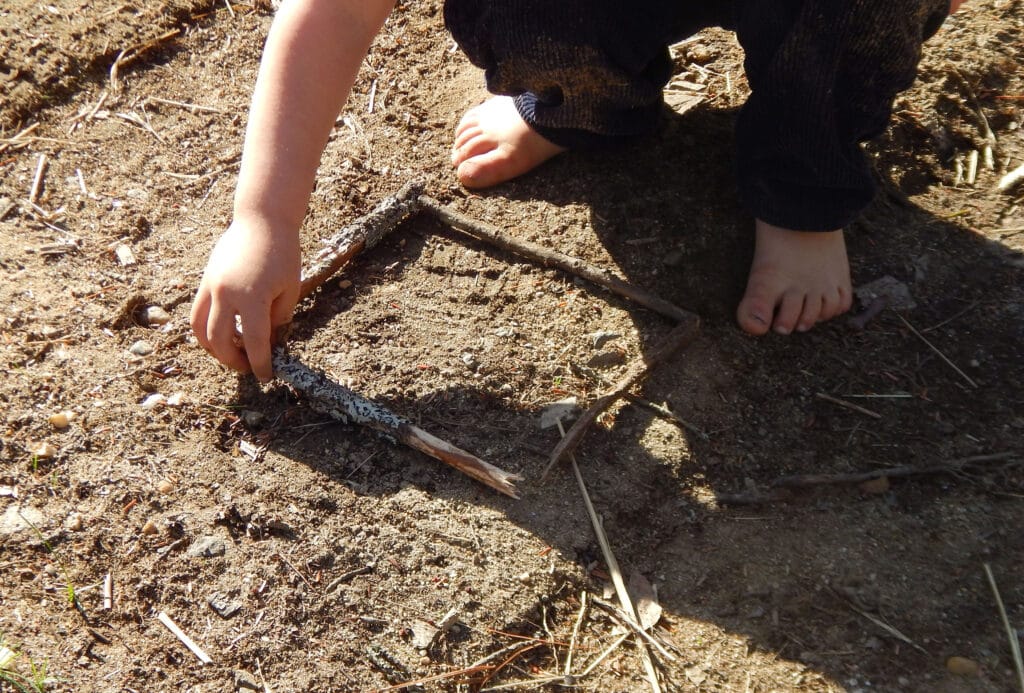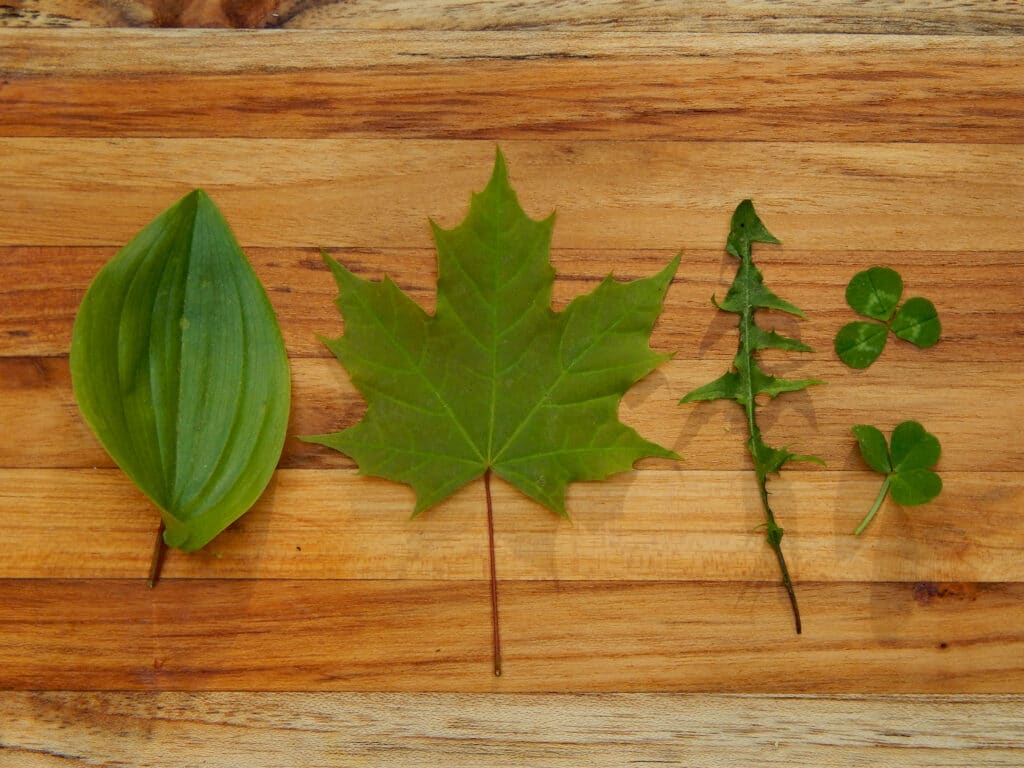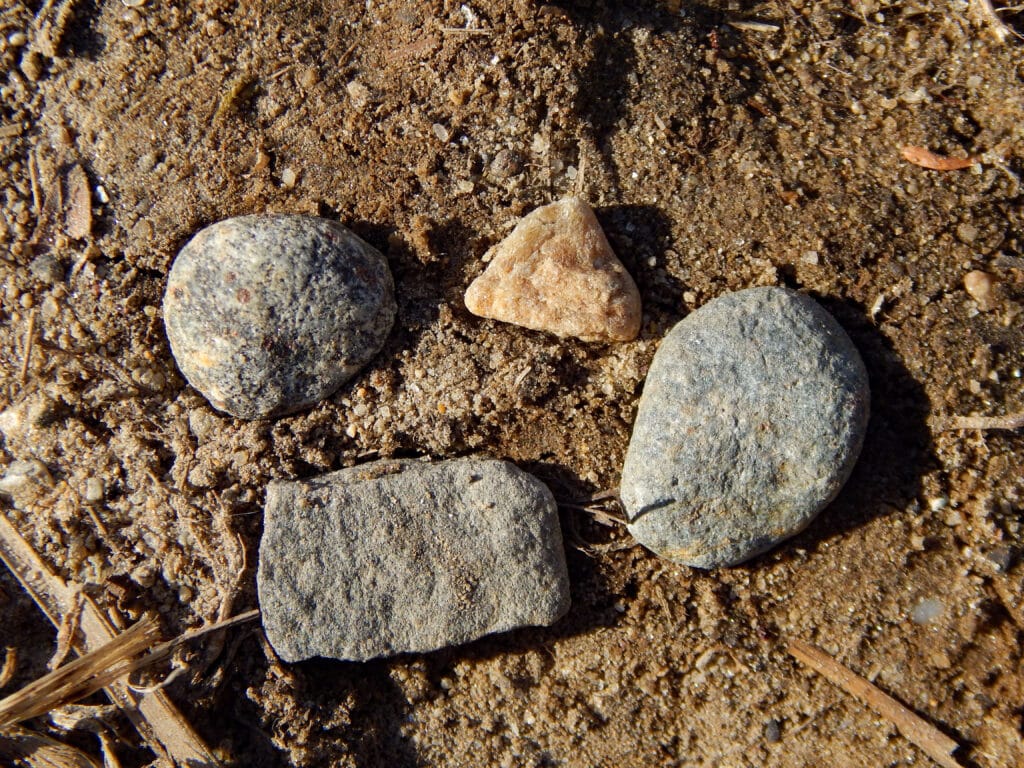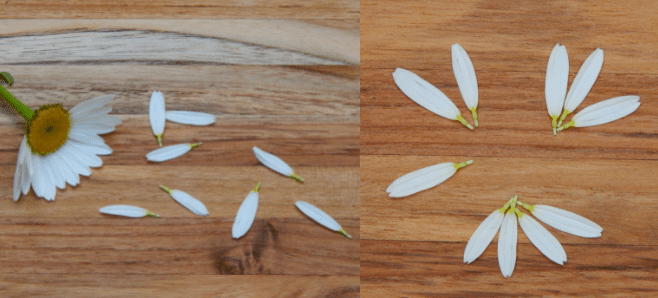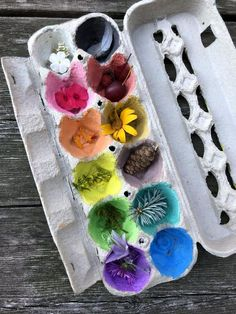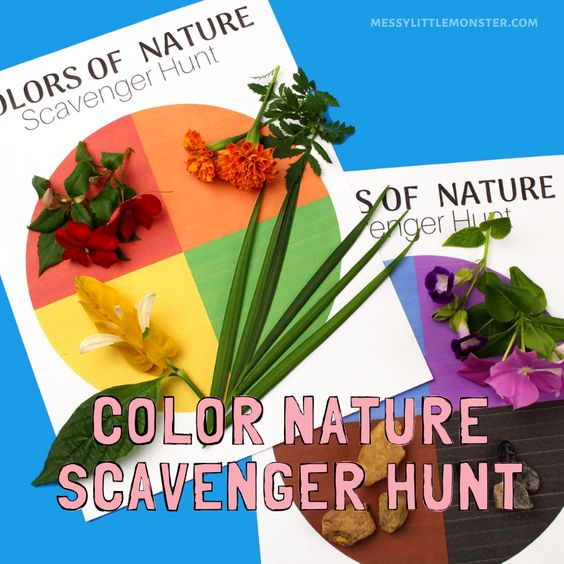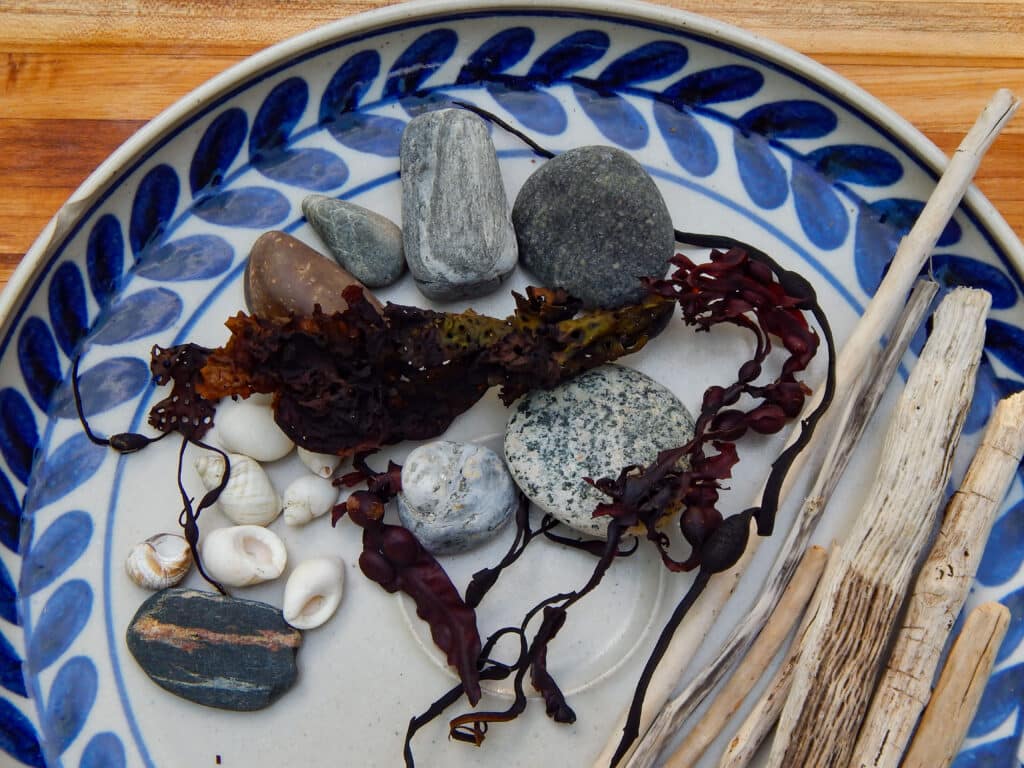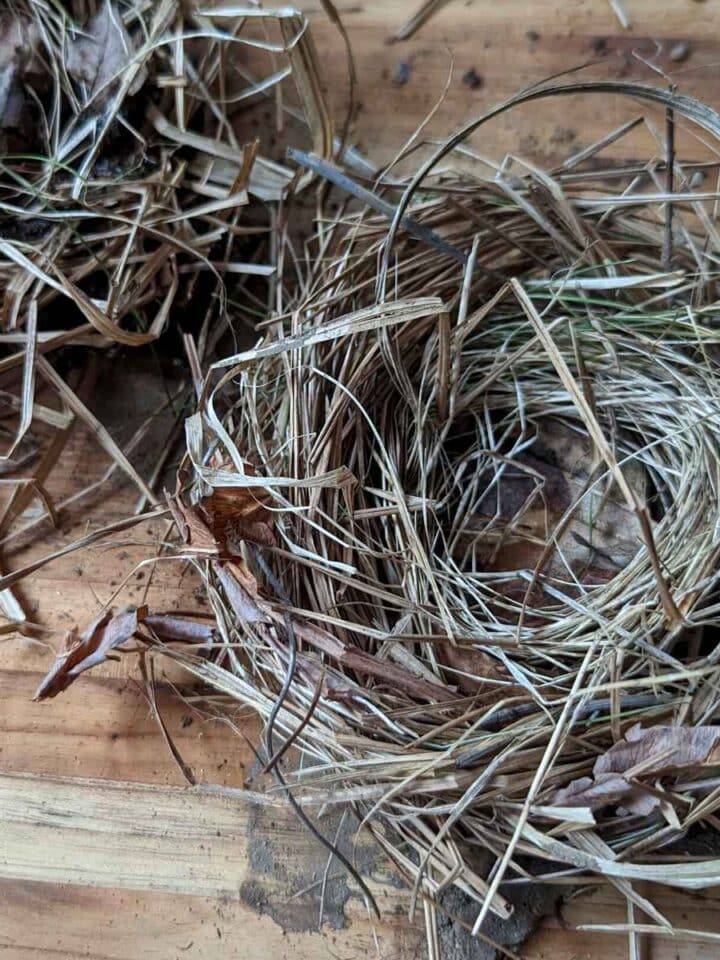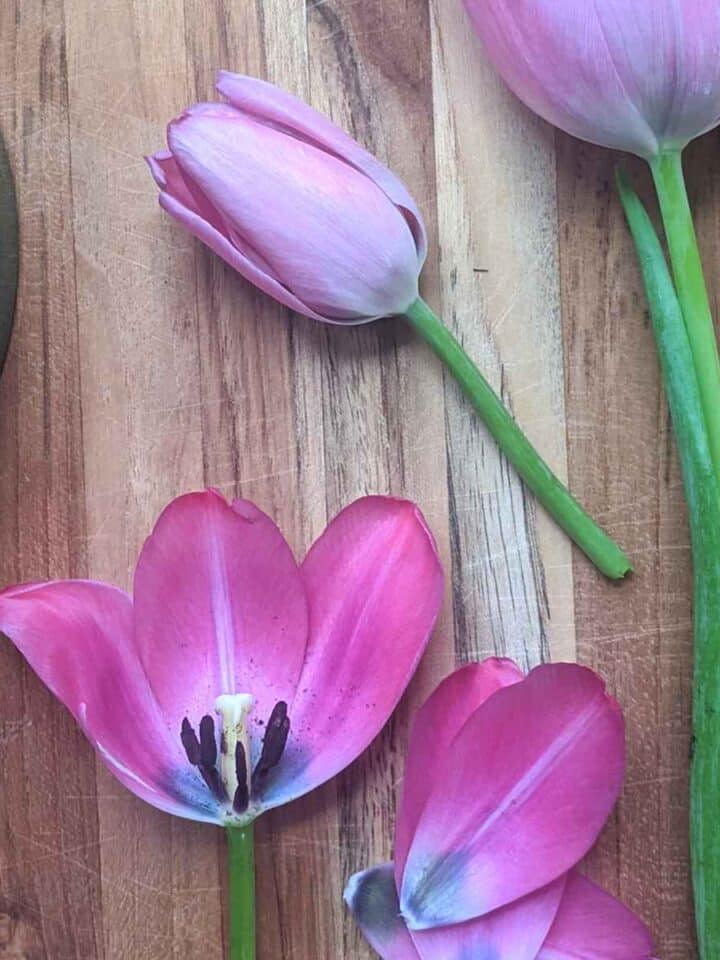Outdoor Activities You Can Do Without Leaving the City
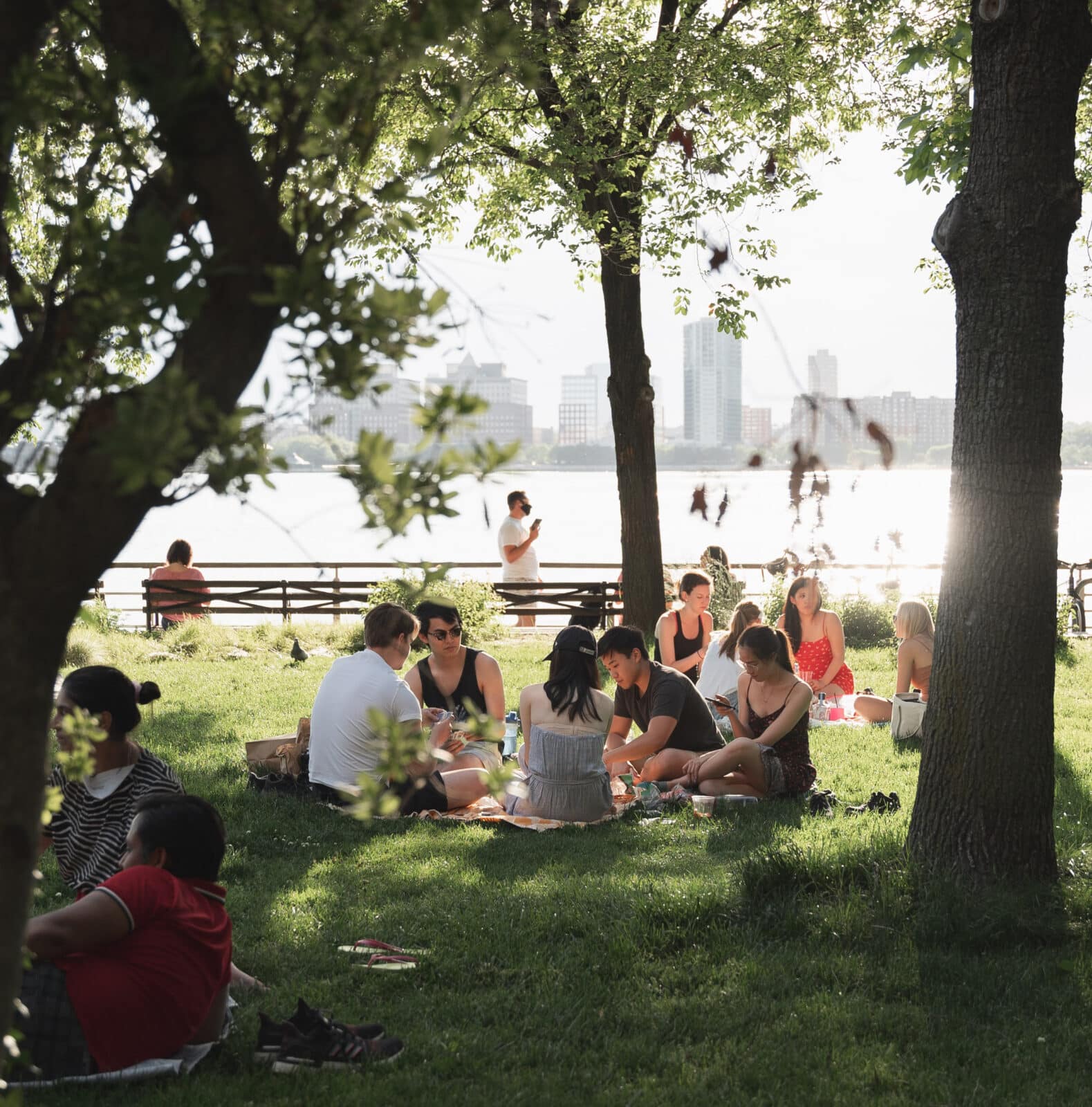
There are countless benefits to spending time outdoors. One study of nearly 20,000 participants found that spending at least 120 minutes in nature each week can significantly improve your health and well-being. Going outside can help everything from your sleep cycle to your immune system.
There is good news if you want to spend time outside but live in an urban or suburban area: you don’t have to go far. There are opportunities to spend time in nature without ever leaving city limits – or even your backyard. Here are a few ideas to get outside and appreciate everything Mother Nature has to offer.
To connect with nature in a city, explore local parks, visit botanical gardens, spend time by water, and observe urban wildlife. Consider participating in community gardening, rooftop gardening, or even just taking a mindful walk in nature.
Many cities also offer opportunities for cycling, hiking, and other outdoor activities in designated areas.
Here are some specific ideas:
Parks and Gardens:
Visit a city park:.Many cities have large parks with walking trails, picnic areas, and sometimes even lakes or ponds.
Explore botanical gardens:.These gardens showcase a wide variety of plants and offer educational opportunities.
Join a community garden:.Get your hands dirty and learn about gardening while connecting with your local community.
Check out rooftop gardens:.Some buildings have green roofs that offer unique perspectives on the city and its nature.
Water Activities:
Spend time by a lake or river: Enjoy a walk, have a picnic, or try kayaking or paddleboarding.
Visit a public pool: Swimming is a great way to stay active and enjoy the water.
Look for splash pads: These are fun for kids and adults alike on hot days.
Wildlife Observation:
Look for birds, squirrels, and other urban wildlife: Take a walk and see what you can spot.
Visit a zoo or aquarium: Get up close and personal with animals from around the world.
Look for insects and other invertebrates: Explore under rocks and logs, or look for them on plants.
Other Nature Activities:
Go for a mindful walk: Pay attention to your senses and notice the details of your surroundings.
Go on a nature scavenger hunt: Create a list of items to find, such as different types of leaves, rocks, or insects.
Attend a nature program: Many cities offer educational programs about nature in parks or other locations.
Go cycling or hiking: Explore designated trails in and around the city.
Enjoy outdoor sports and games: Play frisbee, volleyball, or other games in a park or open space.
Go geocaching: Use GPS coordinates to find hidden containers (caches) in your area.
Find a farm-to-table restaurant or farmer's market: Learn about where your food comes from and meet the people who grow it.
Press flowers and leaves: Collect natural items and preserve them.
Build a birdhouse or feeder: Attract birds to your yard or balcony.
Create a wildlife-friendly garden: Plant flowers and other plants that attract butterflies, bees, and other pollinators.
By exploring these options, you can find many ways to enjoy nature, even in a city.
Attend Local Outdoor Events and Festivals
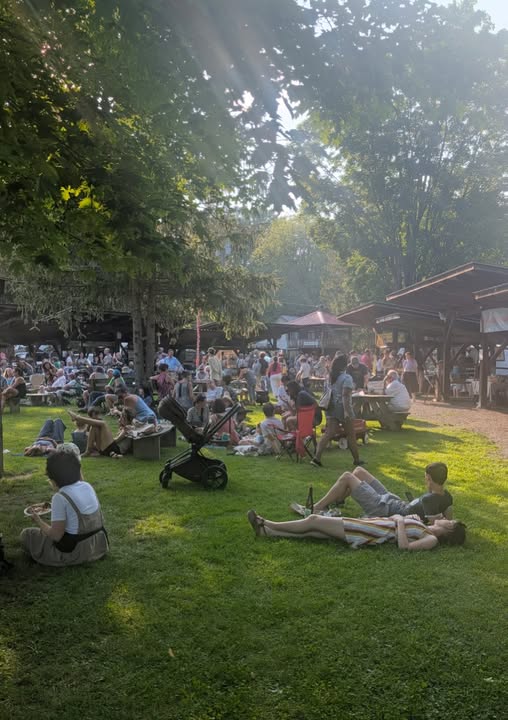
Getting outside can be as simple as attending local events and activities. You can walk around, enjoy the sunshine and enjoy entertaining or educational presentations. There are multiple ways to find events that you are interested in:
Check the events page for your local newspaper or TV station.
Follow local businesses on social media that usually host or attend events.
Join meetup groups online to see which events are happening around town.
Make a note of your favorite annual festivals and see when they are happening each year.
If you are a music lover, you can also follow local bands to see if they are touring in your area. A concert under the stars is a great way to spend a summer night.
Camp in Your Backyard
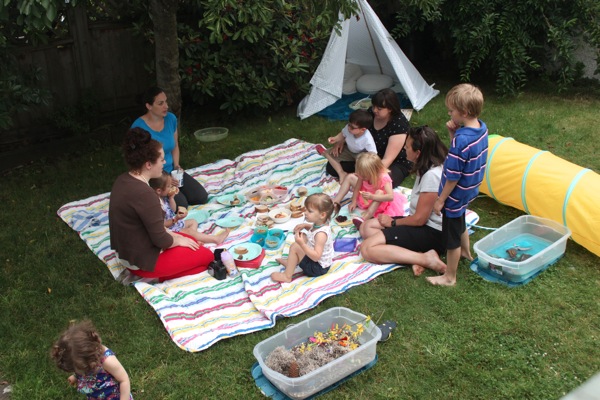
Camping in your backyard is a great way to practice for the wilderness. You can teach your kids how to set up a tent and use various tools to create a comfortable campsite. Once you’re ready to camp in a nearby state park, your kids will feel confident with the set-up and take-down process.
Backyard camping is also a great way to hone your gear pack essentials before the real thing. For example, make sure you bring a shovel that isn’t too heavy to weigh you down, otherwise, your hike to the campsite will wear you out.
Do Water-Based Activities
You don’t need to live next to a vast ocean or one of the Great Lakes to enjoy watersports. In fact, many outdoor, water-based activities can be done in urban areas. Here are a few ideas:
Stand-up paddle board in a nearby river.
Go fishing in a nearby pond or lake.
Host a water balloon fight for kids in your neighborhood.
Swim laps in the community pool.
Set up a sprinkler in the front yard.
Even if you live in the desert, you can still cool down with different water sports in your area.
Explore Local Parks and Playgrounds
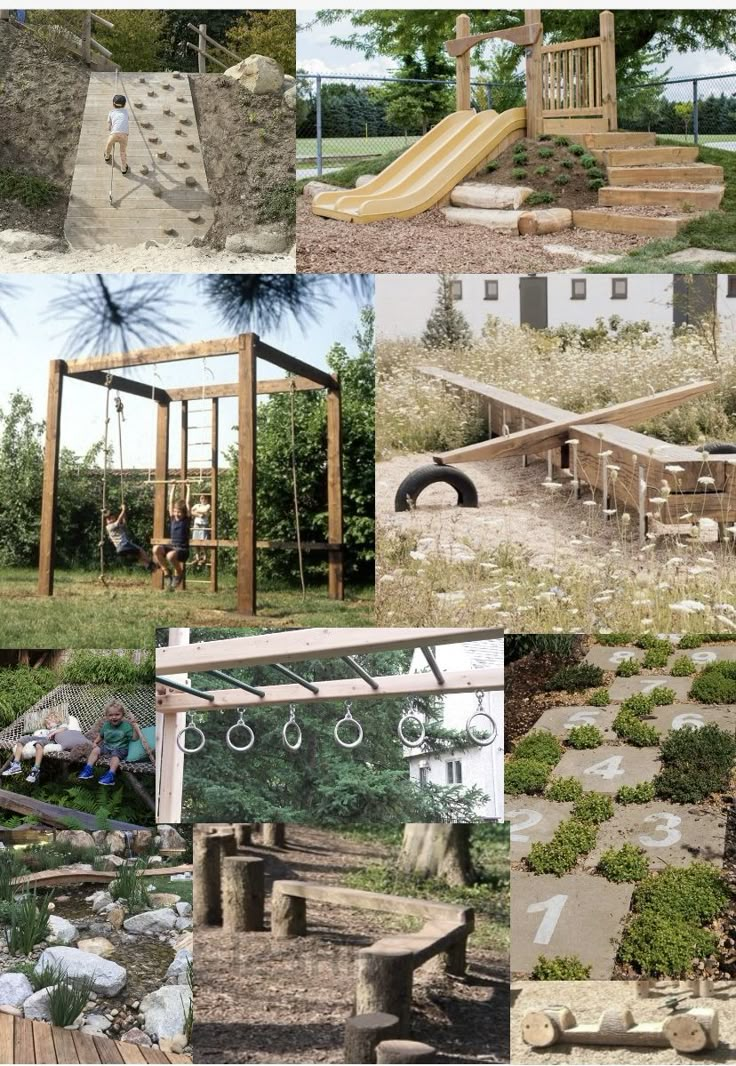
You don’t have to wait for the weekend to spend time in nature. You can get outdoors during your lunch break or after work. Look up city and state parks that are within a short driving distance of where you live. Many of these parks have playgrounds for kids and walking trails for adults. Some even have exercise equipment built in. Even spending 30 minutes in nature can have a big impact on your health.
If you decide to spend a day at the park, pack a picnic and some activities for the family. This could include games, plant and animal identification guides, and even treasure detectors. Your kids might love the thrill of metal detecting and working as junior archaeologists to identify the items they find.
Go on a Walk
You don’t need to be physically fit to enjoy nature. Simply taking a walk at your own pace can give you some time outside while you move your body. More cities are developing accessible walking paths and green belts through urban areas. You can also look for any rails-to-trails projects in your area.
Even if you are going for a short walk, make sure you have a supply pack with you. A few key items include:
Water;
Sunscreen;
Bug spray;
Basic first aid items;
Granola bar (or another energy snack);
Binoculars;
Animal and plant identification guide;
You can decide whether you want to bring your smartphone on your walk or leave it at home. Some people like to disconnect from the online world while others bring their phones to take pictures and use in case of an emergency.
Look for Local Sports Courts
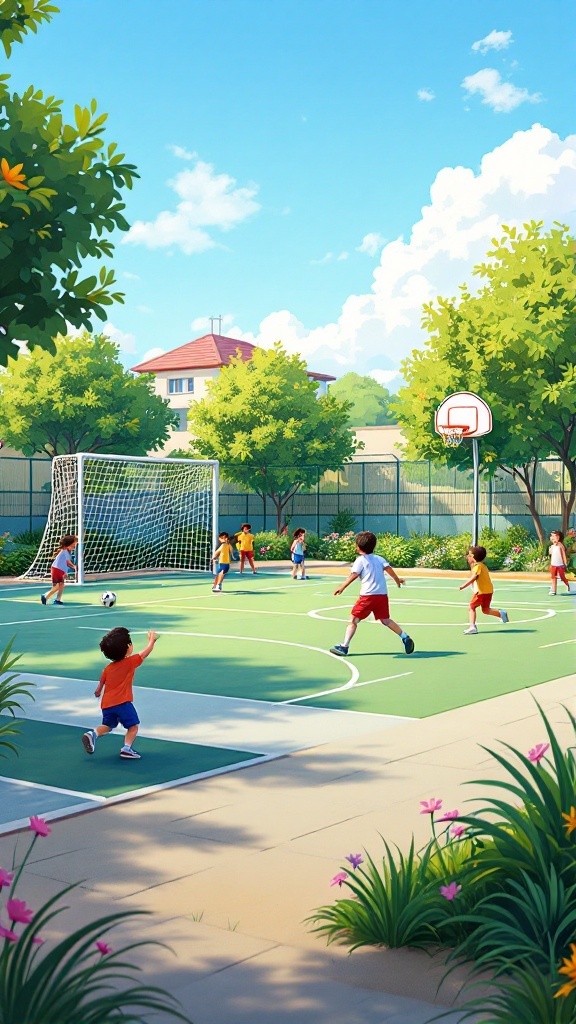
You might be surprised by how many free amenities are available in your area! Visit your local parks and recreation website (or head to a nearby rec center in person) to see if there are any courts and fields that are available. You can also ask about joining local recreation leagues or renting these courts for your personal use.
A few common types of courts and fields that are offered by cities include basketball courts, soccer and football fields, tennis courts, frisbee golf courses, and baseball fields. You might have different field options near you.
Plant a Garden
You don’t need a green thumb and a large yard to enjoy a garden. You can look up easy plants that are hard to kill or urban gardening for patios and porches. The best part is that you can choose the type of garden that speaks to you. You can plant flowers that bloom throughout the warm months or grow herbs that you add to various dishes and meals. You can even grow carnivorous plants full of venus flytraps if that’s your style!
Gardening is a great way to connect with plants and get your hands dirty with soil. Almost anyone, from the overworked finance intern to the retiree in their Golden Years can enjoy growing a few plants in their living space.
Scout for Birds, Animals, and Insects

Nature is all around you and your world might be more colorful than you realize. Butterflies can float around your yard while bright birds sing and hope from branch to branch. There are multiple ways to connect with nearby wildlife, depending on your preferences:
Download apps like iNaturalist to identify critters.
Participate in citizen science programs to count native species.
Join birdwatching and hiking meetup groups.
Develop your own recording system to track the animals you see.
Every animal has a place in nature, from the spider that helps control the mosquito population to the squirrel that spreads seeds from one area to another. Try to be respectful of your local creatures by observing them but not disrupting them.
You don’t have to save the outdoors for weekend getaways and vacations. You can connect with nature for a few minutes each day when you take your lunch break at work or get home from the office. Even taking small walks or planting a few flowers can increase your time outdoors and make you feel happier, calmer, and better prepared to take on any problems that come your way.
21 outdoor activities to do in a town or city
Urban areas offer a brilliant backdrop for adventures, and with a little creativity, you can turn any street corner into a space for learning, fun, and exploration. So, grab your chalk, camera, or coin, and let the urban exploration begin with these 21 activity ideas to help you explore your town or city.
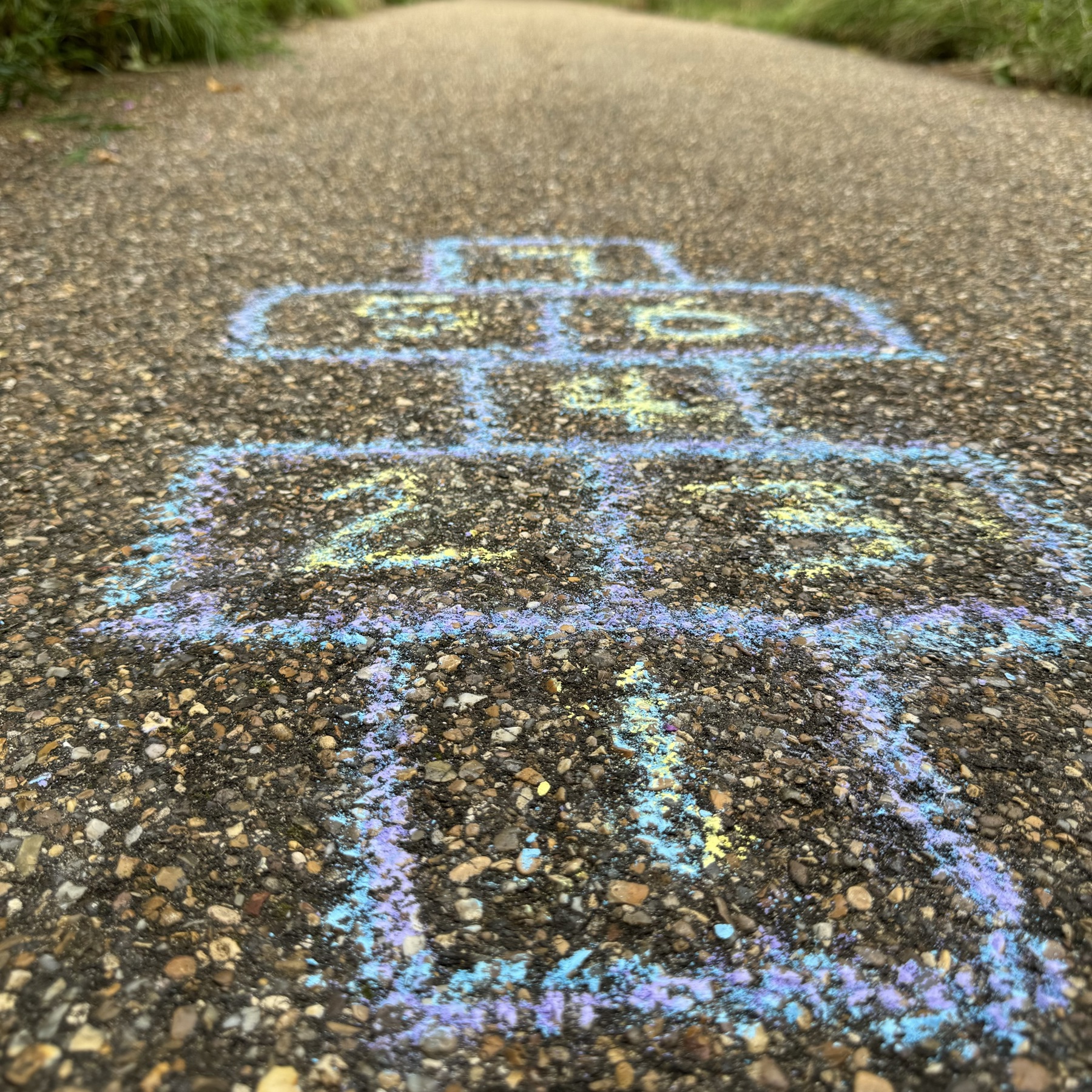
Try some hopscotch - or make a chalk obstacle course!Expand all
1. Play hopscotchHopscotch is a timeless game that never fails to entertain. Take this classic a step further by creating themed hopscotch games. You could make it longer, draw the board in a different shape, such as a circle instead of a straight line, or leave bigger gaps between the squares for people to jump across. You could also have a silly hopscotch version, where certain numbers mean you have to do silly challenges, such as singing a nursery rhyme backwards.
2. Make chalk mural masterpieces-Get out the chalks and start drawing. You could even try making your own chalk. You could all draw images around a certain theme, write poems or positive messages, draw mazes and obstacle courses, or just let people have fun making the ground more colourful!
3. Try alphabet photography-Give each participant a camera or smartphone, and set out on a mission to find objects or scenes that represent each letter of the alphabet. From ‘A’ for an archway to ‘Z’ for a zebra crossing, see if you can fill every letter with something you spot.To make it harder, you could try to spot the letters, or the shape of the letters, in the environment, such as on signs or road markings, then spell out a word with the letters you’ve found!
4. Build stick sculptures-Parks and green spaces within the city are perfect for gathering natural materials, such as sticks. Once collected, challenge the group to create sculptures or structures using just the sticks, string or elastic bands, and any other natural materials they can find. This could range from simple shapes to more complex designs, such as animals.
5. Create nature faces-Even in the heart of a city, you can find bits of nature peeking through. Gather leaves, flowers, pebbles, and twigs, and make nature faces on the ground. Each face could represent different emotions, or they could be modelled after famous figures.Why not use them to play Guess Who and see if you can work out who each person made? You may need to ask some questions to help you!
6. Make leaf animals-Collect various types of leaves in different shapes, colours and sizes. You can then use them to create animals or even invent new creatures. Try making our leafy hedgehog, leaf crown, leaf squirrel or leaf art.You could also practice identify different types of leaves. Use our leaf spotter wheel, Guess the tree game or tree switch game to help you.
7. Go on a penny hike-A penny hike is where you flip a coin at every intersection: heads means turn right, tails means turn left. As you wander, make sure to observe their surroundings or find interesting landmarks. You could even try to follow along with where you on a map to practice map-reading.
8. Make a journey stick-A journey stick is a traditional way of recording a journey by attaching objects found along the way to a stick, either with an elastic band or string. During a walk, collect items that represent different parts of the journey, such as a feather from a park, a ribbon from a local event, or a unique leaf. Later, you can share their stories using the stick as a visual aid, helping to develop storytelling and observational skills.
9. Search on scavenger hunts-Plan and run a scavenger hunt that lets you discover unique aspects of the town or city.For older groups, you could create a list of items to find or have a list tasks to complete, such as answering a question by going to a landmark. You may also want to involve map-reading or using what 3 words to practice navigation.
For younger groups, you could try a road sign safari treasure hunt or run a colour scavenger hunt. Each person could be given colour and have to find things that match their colour - or everyone could try to look for items to make up a rainbow.If you want to do a bigger scavenger hunt, you could even try running a local Scout event, such as a Monopoly Run, outdoor escape room or treasure trail.
10. Play with shadows-On a sunny day, head out to somewhere where you can make lots of shadows. Use chalk or pens and papers, then trace the shadows of various objects, from trees to benches to each other.As the sun moves, you could observe how the shadows change, showing how the Earth moves around the sun and time.After tracing, you could use the shapes to create unique abstract art pieces.
11. Spot urban street art-Take a walking tour of your city’s urban street art - you might even spot a Banksy. You could take photos of the art or talk about the different styles and messages behind the work.Afterwards, on paper, you could recreate let the urban art you saw using paints and felt tips, or let people design their own. Remember, in most countries, including in the UK, graffiti without permission is illegal and considered vandalism. Street art can be done legally with the permission of property owners or as part of a community art project.
12. Search for wildlife-Search for birds, insects, and small mammals that live in the city or town. You could use bingo sheets to see who can spot the most wildlife or use your senses to see what wildlife you can hear. Why not wake up early and go bird-spotting?Use some free spotting sheet guides to help you know what to look for. You can get some from the RSPB, Woodland Trust, Wildlife Trust and WWF, either to print at home or use on a phone. You could look more closely at what you find with with magnifying glasses too.Always be careful and to always handle wildlife gently, making sure to return it to where you found it.
13. Go for a story stroll-Go for a walk around the local area and, at different stops, read a page or two of a storybook. It’s a great way to bring a story to life. For example, you could try ‘We’re going on a bear hunt’ in the local park and hide a bear for your group to find.
14. Go geocaching-Geocaching involves finding hidden ‘caches’ using GPS coordinates, so go geocaching around the town or city. It’s a modern-day treasure hunt that teaches navigation skills, problem-solving and patience. You can even encourage people to create their own cache for others to find or try the geocaching badge.
15. Make a splash puddle jumping-After a rainy day, put on some wellies and go puddle jumping. Encourage them to observe the ripples, reflections, and even small creatures they might find in the puddles, then see who can make the biggest splash!
16. Have a boat race-Make a tinfoil river, or use a piece of rain guttering to make a river, then make some small boats to race.You could make them from sticks and leaves, rubber ducks, kitchen sponges or paper boats, then decorate the boats before racing them. Remember to have a start and finish line, and stay safe when running activities near water.
17. Learn tracking symbols-Practice some tracking symbols, then put together a short treasure hunt and get groups to follow the symbols to find a small prize. You could make the symbols out of sticks, pebbles or chalk.
18. Fly kites-Get outside and fly some kites, whether it’s in the park or the playground. Why not trying making your own kites too?
19. Make and launch rockets-See who can make rockets fly the highest in our rocket activity.
20. Go litterpicking-Go litterpicking and help to clean up your local town or city. Always wear gloves, use litterpickers and wash your hands afterwards.
21. Cook s'mores in a solar oven-Pizza box solar ovens are quick and easy to make.To make a pizza box solar oven, start by closing a clean pizza box and drawing a square on the lid, about 2.5cm from the edges.An adult should carefully cut along three sides of the square to create a flap that can be lifted open. Cover the inner side of this flap with aluminum foil, shiny side out, to reflect sunlight into the box.
Next, open the flap and tape a piece of clingfilm over the opening, making sure it's tight and smooth to help trap heat inside.
Cover the bottom of the box with black paper, as this helps to absorb heat. For better insulation, you can add rolled-up newspapers around the inside edges of the box. Next, close the box and prop open the foil-covered flap with a bamboo skewer. Place the solar oven outside in direct sunlight, with the flap angled to capture as much light as possible.Inside the oven, place a chunk of chocolate and a marshmallow on top of a biscuit, then place this on top of the black paper and let it cook for 30 minutes to an hour, depending on the sun’s intensity and the type of food being prepared.
The oven can get very hot, so always make sure to be careful when placing and removing the food items. Always wear and use protective equipment, such as tongs or heatproof gloves. When removing the items off the oven, place them onto a heatproof plate and make sure they’ve plenty of time to cool. Make sure you’ve access to a bucket of water, fire-safety equipment and a first aid kit, including for burns.

Try a penny hike and let the throw of the coin help you decide where you go.Staying safeAll activities in Scouts must be safely managed. It’s important to choose an appropriate, accessible outdoor area. You may need to think about avoiding steps, being close to public transport, or steep gradients or including frequent breaks. You must have permission to use the location.You must complete a thorough risk assessment and take appropriate steps to reduce risk. You should use our safety checklist to help you plan and risk assess your activity. Take a look at our guidance to help you carry out your risk assessment, including examples.
Always get approval for the activity, and have suitable supervision and an InTouch process. You may need some parents and carers to help.
Always check the weather forecast, tide times and sunset before running the activity.
You should inform parents and carers of any change in venue, days or times, and have a suitable drop-off/collection point. You could use our activity information forms, and always make sure everyone knows what people should bring and wear. Before playing a game, there are some things you need to do to help keep everybody safe and make sure everyone can be included.
Take a look at our advice on running active games safely and accessibly.














